Even without Clayton Kershaw, contending Dodgers proving 'pen is mightier
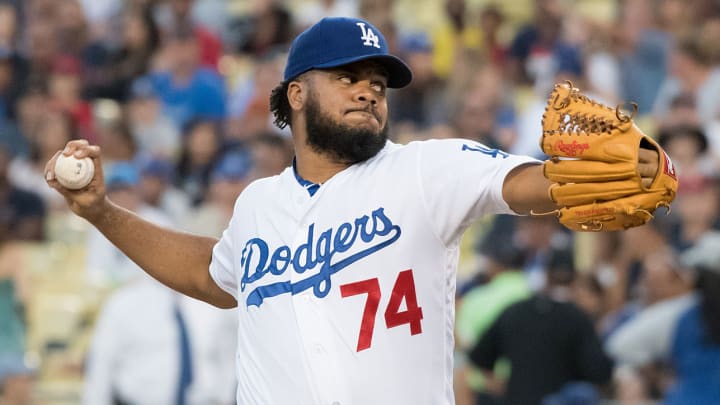
The Dodgers have the highest payroll in baseball, the best pitcher in baseball (Clayton Kershaw, who remains on the DL since July 1), the National League Rookie of the Year who might also be the MVP (Corey Seager) and so much money that they are paying players $73 million not to play for them (Carl Crawford, Matt Kemp, Hector Olivera, Yasiel Puig, etc.). But when you ask manager Dave Roberts why Los Angeles has gotten within one game of the Giants in the NL West, he doesn’t hesitate to say that it’s because of a rather low-budget, low-profile collection of assorted pickups.
"The most important part of our team without a doubt is our eight-man bullpen," Roberts said. "We’ve used them a lot collectively, but when you look it individually we don’t have anybody among the league leaders in games. What makes the eight-man bullpen work is that all of them are unselfish and willing and able to pitch whenever called upon. There are no egos."
Since last year, teams have paid huge prices in talent and dollars to acquire relievers such as Aroldis Chapman (Yankees, then Cubs), Ken Giles (Astros), Craig Kimbrel (Red Sox), Jonathan Papelbon and Mark Melancon (Nationals) and Will Smith (Giants). The Dodgers, with president of baseball operations Andrew Friedman channeling his bargain-hunting and sabermetric-savvy ways from his years running the Rays, have built a historically great bullpen while shopping the bargain aisles.
This might surprise you: L.A.'s staff is the toughest staff to hit at the end of games the sport has ever seen. Here's a look at the lowest batting average allowed in innings seven through nine in baseball history:
1. 2016 Dodgers: .197
2. 1968 Tigers: .204
3. 2001 Mariners: .205
3 (tie). 2003 Dodgers: .205
5. 1967 White Sox: .206
5 (tie). 1968 Orioles: .206
5 (tie). 2012 Athletics: .206
Overall, the Dodgers are 20th in innings from starting pitchers, but they have the best bullpen in baseball when it comes to allowing base runners (1.063 WHIP) and being tough to hit (.204), and their 'pen ranks third in ERA (3.10). Couple that with smart deployment in shifting—only the Cubs’ defense is better at turning batted balls into outs—and Los Angeles is playing “smart” baseball as well as any team in the majors.
The Untouchables: The one player each National League team should not trade
Closer Kenley Jansen is a star reliever having a career year who has been unhittable lately. In his past four appearances he has retired 13 straight batters (nine by strikeout) while throwing a total of only six balls (44 of 52 pitches for strikes). The other seven relievers all had under-the-radar paths to the Los Angeles bullpen: one converted infielder, two cheap free agents and four minor trade acquisitions. The Dodgers’ deep front office has played the bullpen analytics game as well as any one.
Major league relievers this season are on pace to throw more innings than ever in the history of the game, breaking the record set in 2007. But whereas bullpens then were used passively as a defensive mechanism to react to offense, now they are deployed as a pro-active tactic to depress offense.
The formula goes like this: Use more pitchers in shorter bursts. When you narrow the time hitters see these pitchers, you can deploy specialty pitchers who don’t have the weapons to pitch effectively even one full way through a lineup but are effective in brief exposures.
When teams look for specialty relievers, they place a greater emphasis on outliers among the modern analytical measurements we have today: spin rates, release angles, extension, exit velocity allowed, et al. Clubs aren't looking for guys who do many things in the average range; bullpen usage now is about deploying specialists.
The 3,000 Hit Club
Ichiro Suzuki
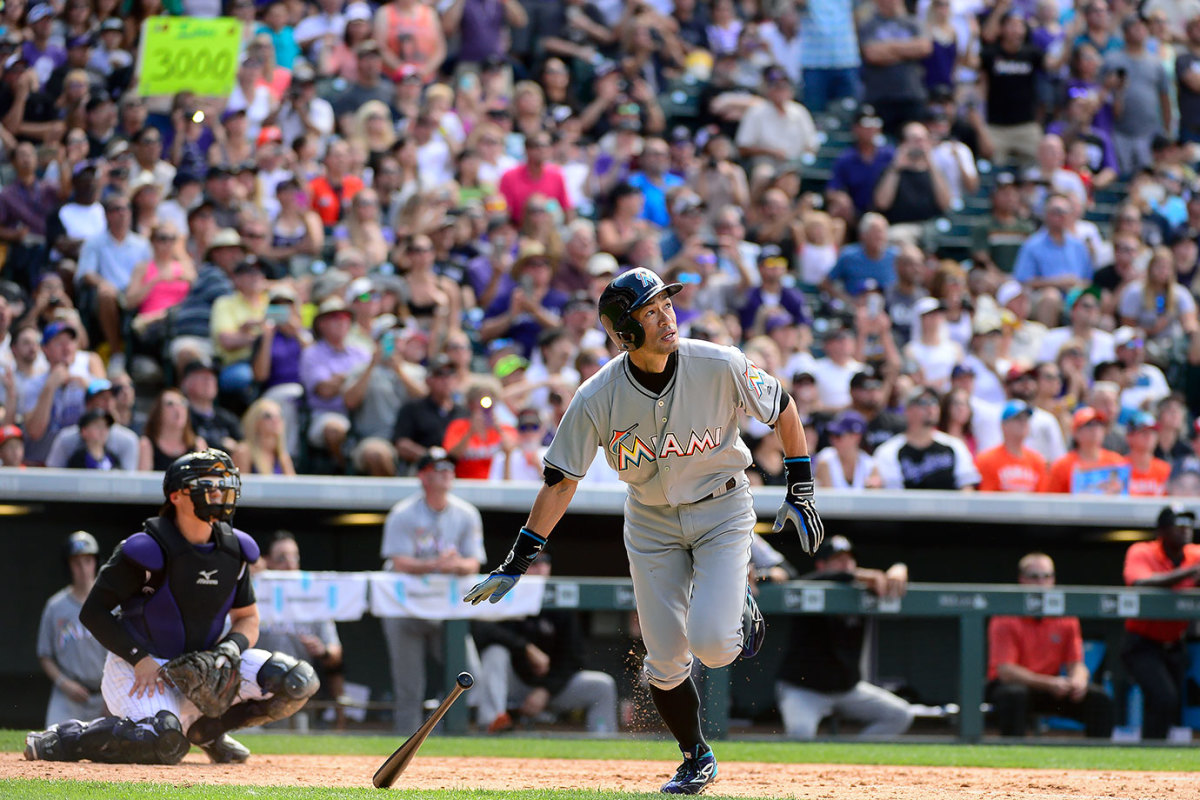
Ichiro Suzuki became the 30th member of the 3,000-hit club on on Aug. 7, 2016. The Marlins outfielder recorded his 3,000th major league hit against the Rockies in Denver, tripling off of reliever Chris Rusin in the top of the seventh inning. Batting sixth in the lineup, Ichiro struck out in his first at-bat and grounded out in the third and fourth innings.
Alex Rodriguez
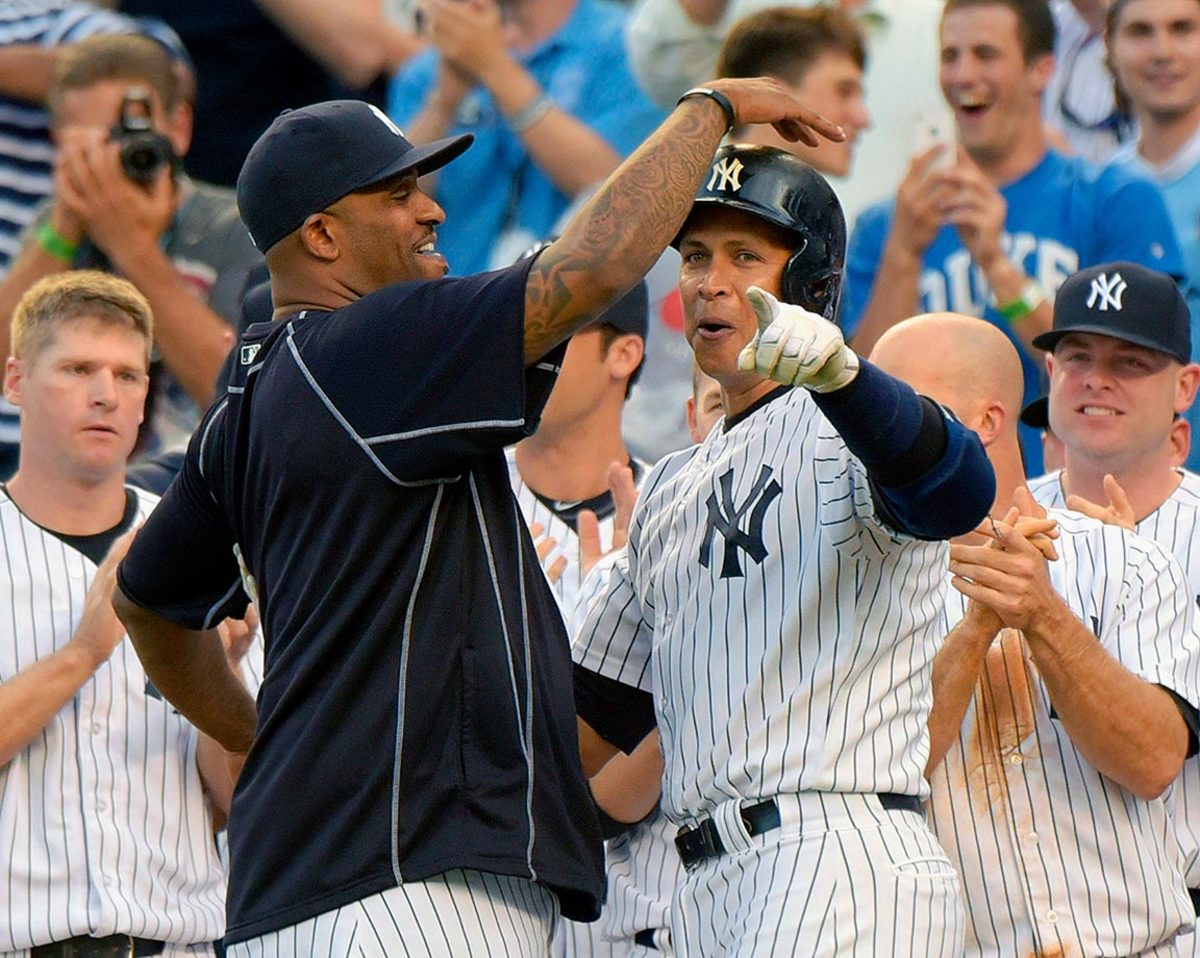
Alex Rodriguez became the 29th member of the 3,000-hit club on on June 19, 2015. Much to the chagrin of many baseball fans, including many of those in the Bronx, A-Rod had returned from a season-long suspension and hip surgery to put together one of the most amazing comeback seasons ever. In his age-40 season, he became just the third to hit a home run for 3K, along with Wade Boggs and Derek Jeter, after hitting the first pitch he saw in the bottom of the first inning from Tigers starter Justin Verlander.
Derek Jeter
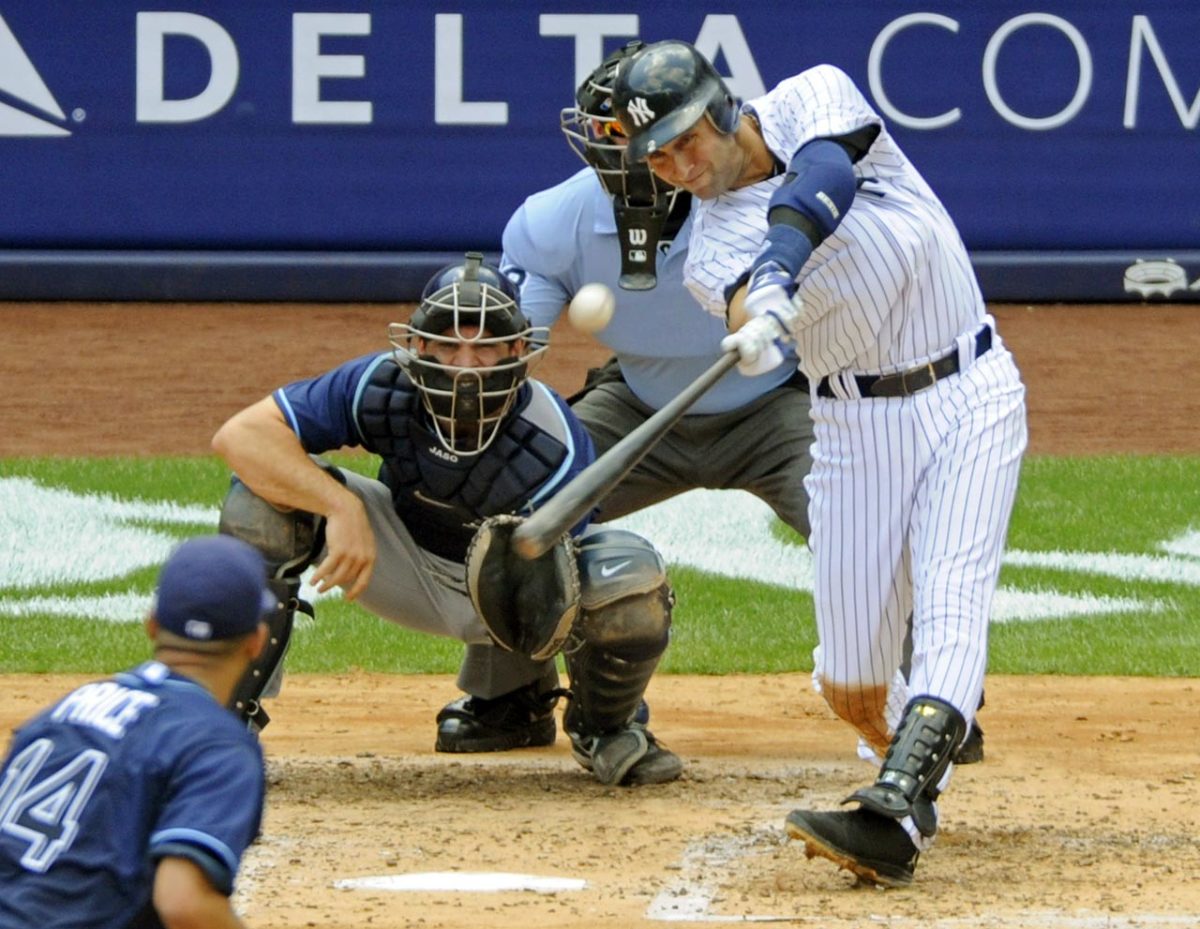
Derek Jeter became the 28th member of the 3,000-hit club on July 9, 2011. Jeter's 3,000th hit came in dramatic fashion. He became the second member of the club to mark his entrance with a home run, joining former teammate Wade Boggs. Jeter took the Rays' David Price deep in the third inning, the second hit of the day for No. 2 and at precisely 2 p.m.
Craig Biggio
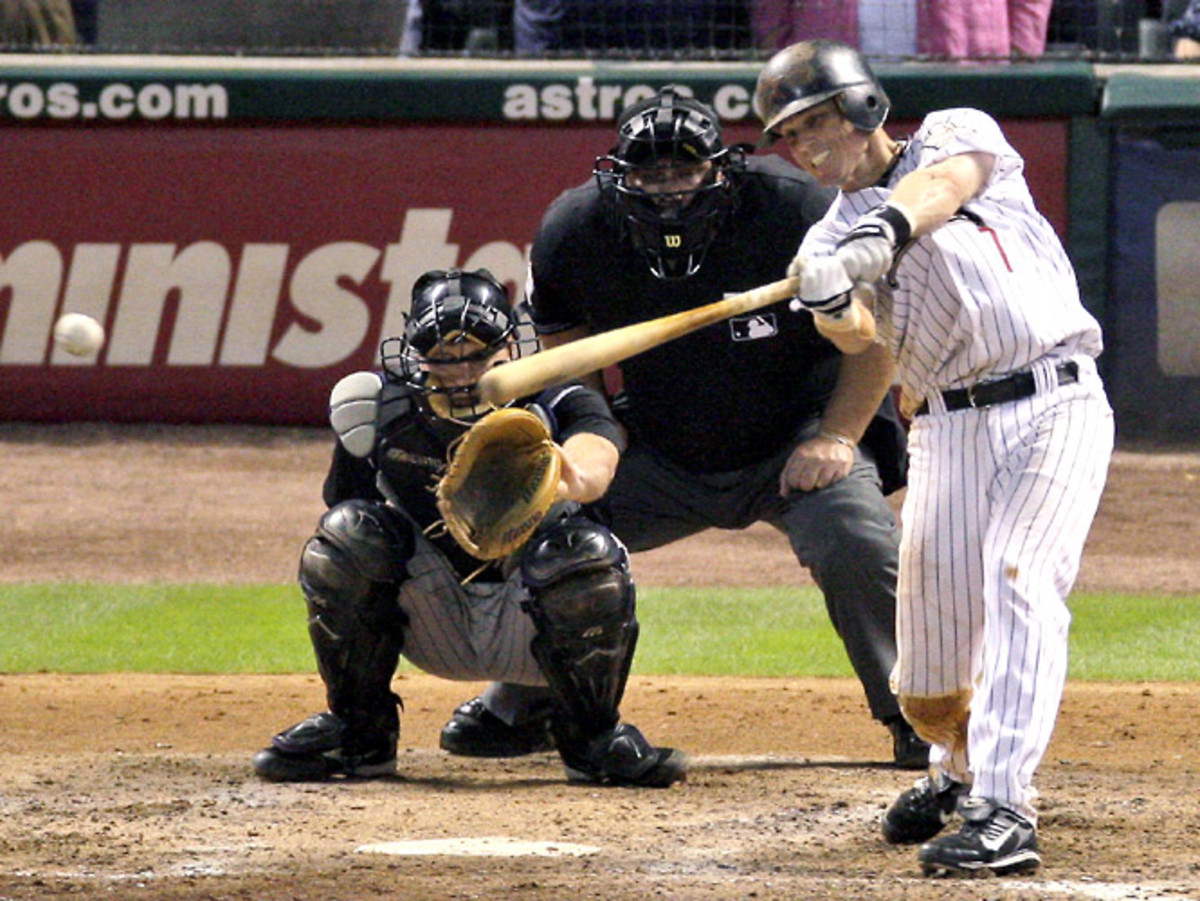
Craig Biggio became the 27th member of the 3,000-hit club on June 28, 2007, with an RBI single off Colorado's Aaron Cook at Minute Maid Park.
Rafael Palmeiro
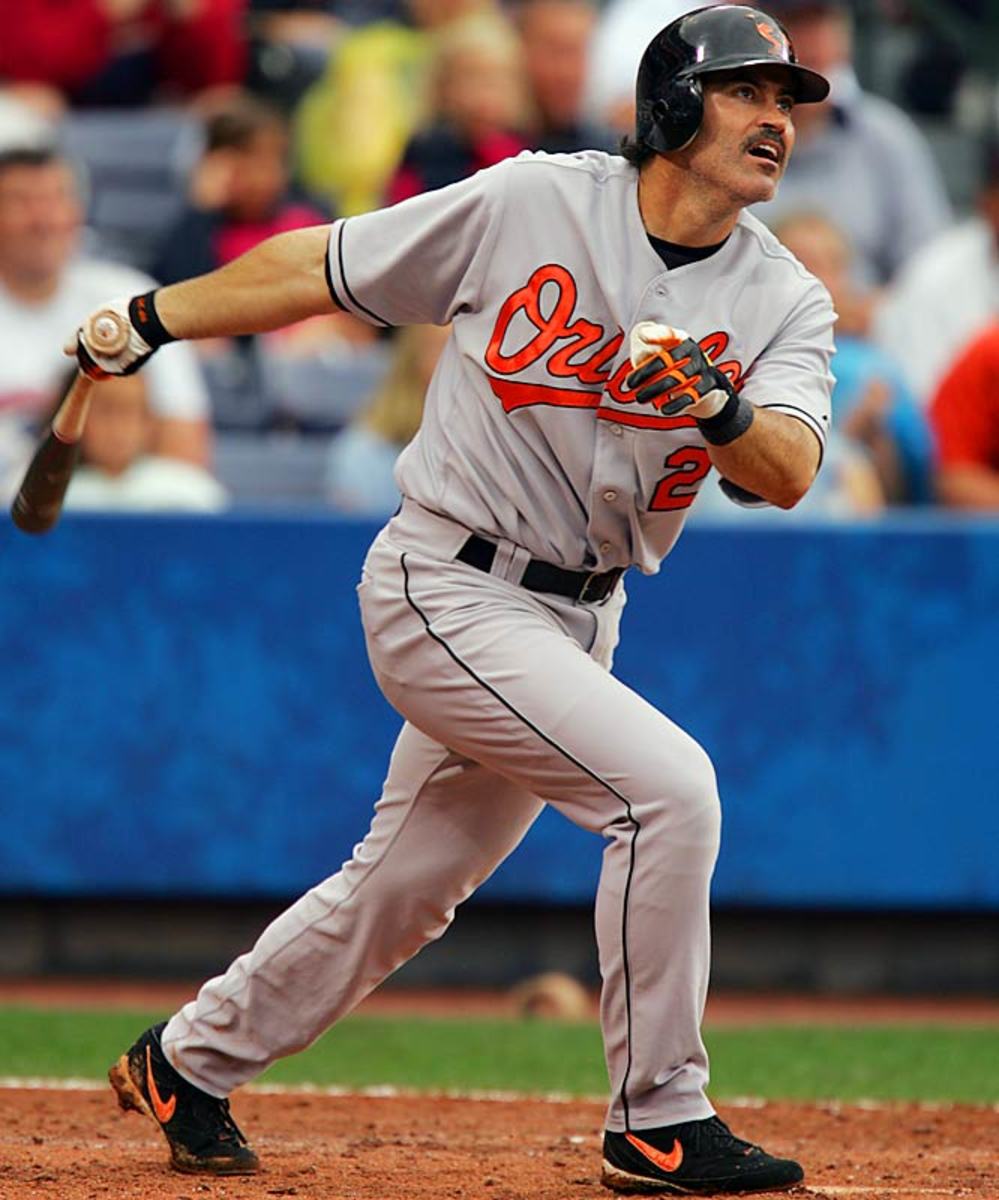
Rafael Palmeiro became the 26th member of the 3,000-hit club on July 15, 2005, with a double off Seattle's Joel Pineiro at Safeco Field. Palmeiro was suspended for violating MLB's drug policy less than three weeks later.
Rickey Henderson
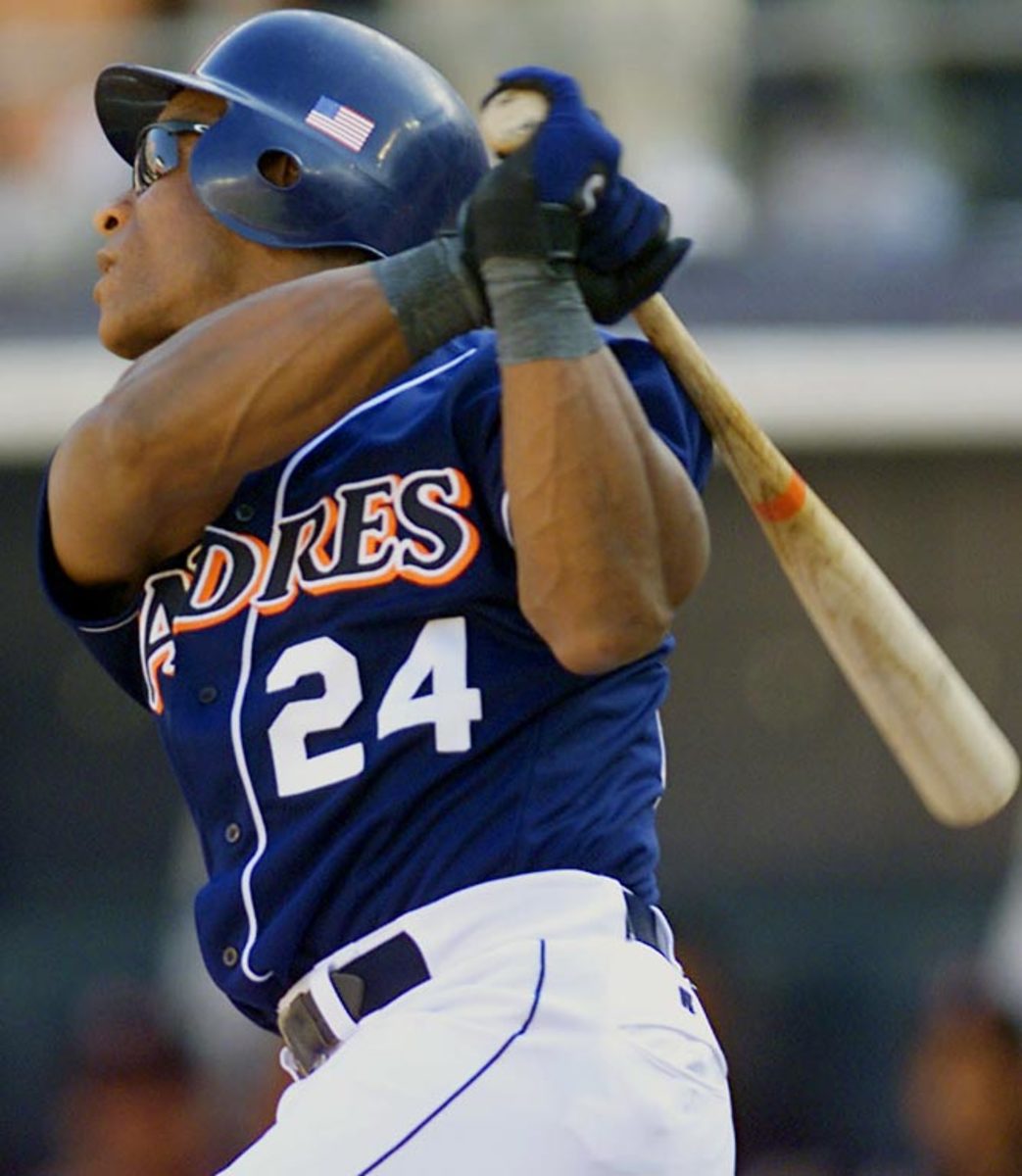
Rickey Henderson became the 25th member of the 3,000-hit club on Oct. 7, 2001, with a double off Colorado's John Thomson at Qualcomm Stadium. The "Man of Steal" Henderson is baseball's career leader in runs (2,295) and stolen bases (1,406).
Cal Ripken Jr.
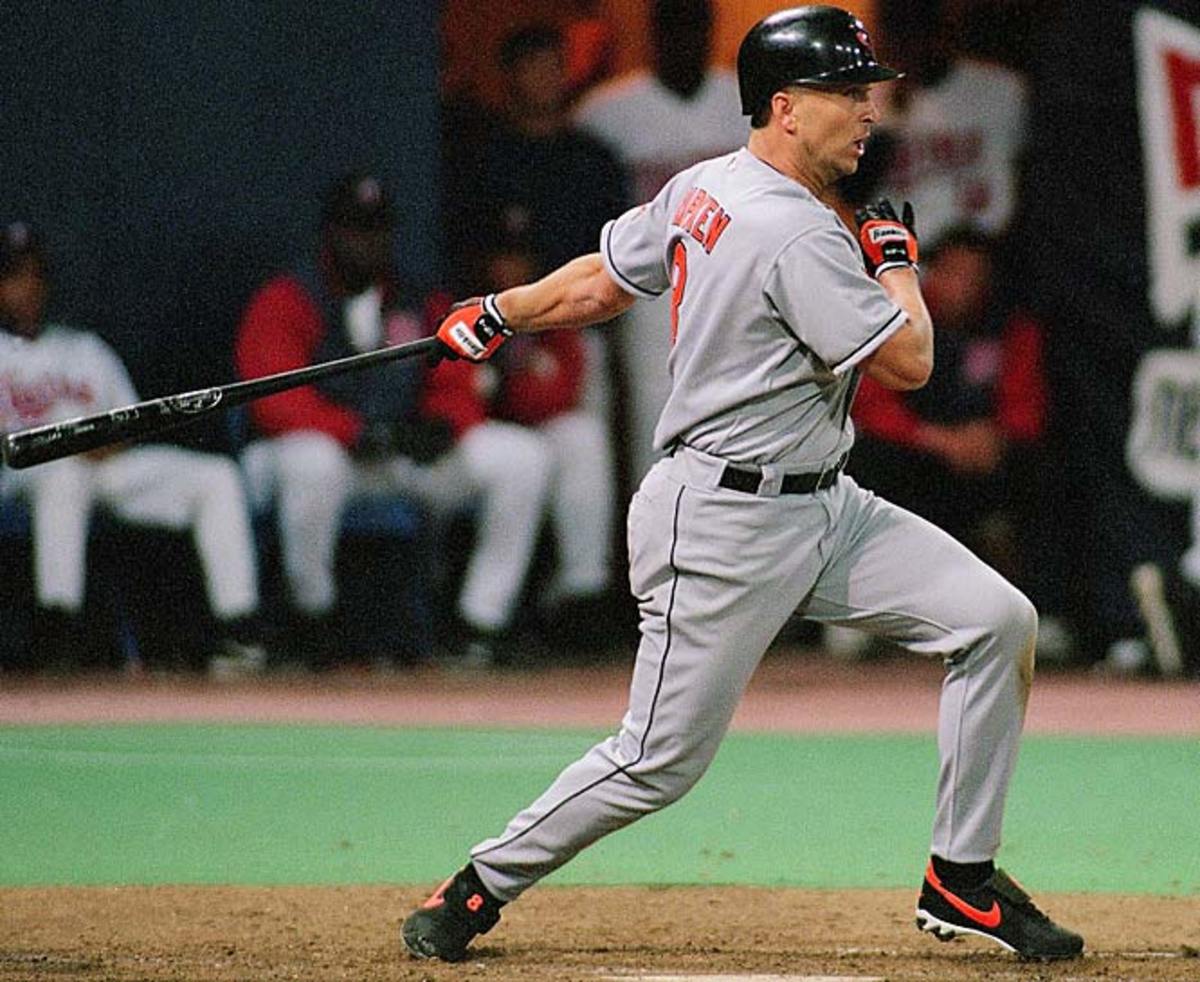
Cal Ripken Jr. became the 24th member of the 3,000-hit club on April 15, 2000, with a single off Minnesota's Hector Carrasco at the Metrodome. The Iron Man collected 2,832 of his hits during his 2,632 consecutive games played streak.
Wade Boggs
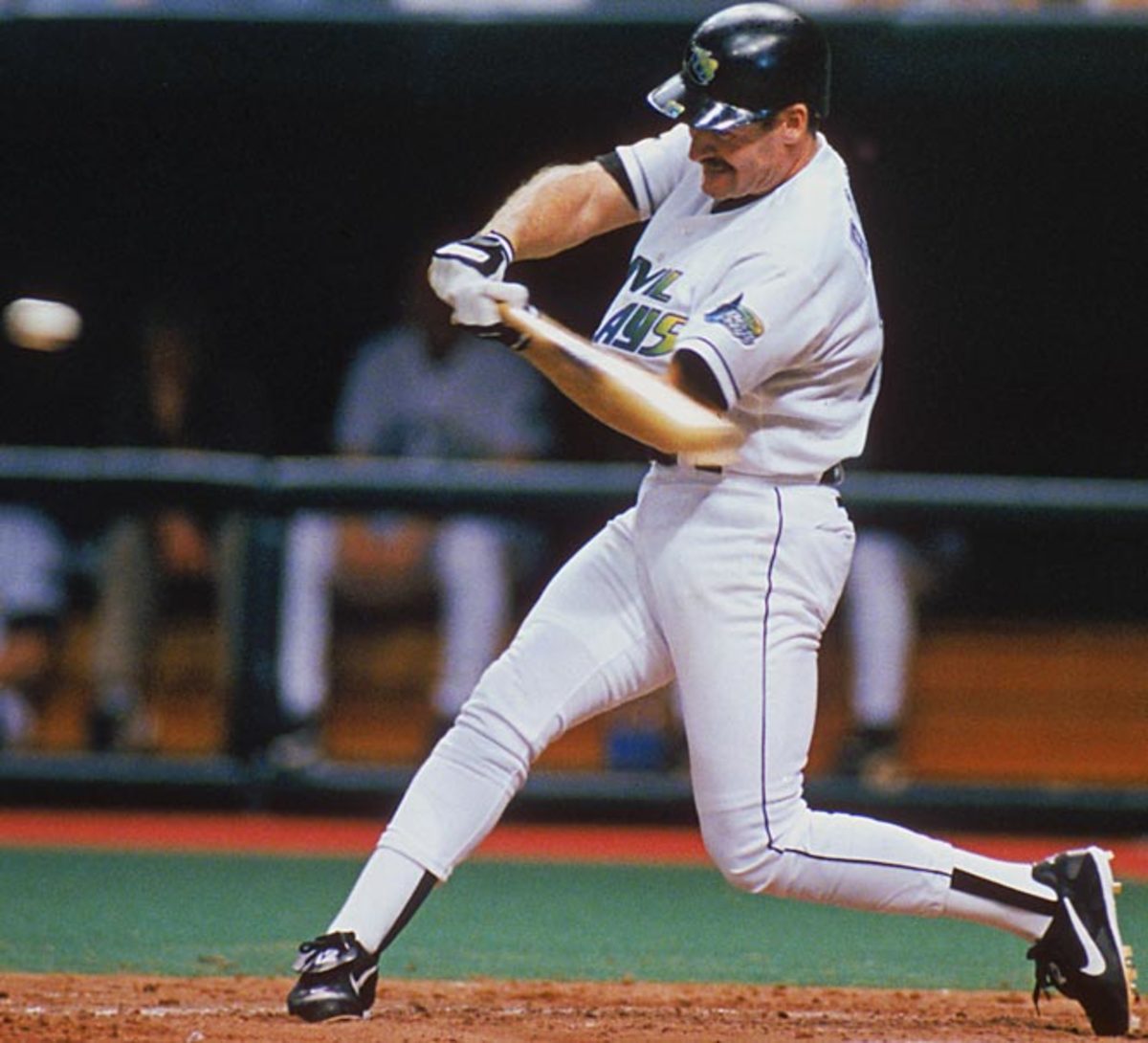
Wade Boggs became the 23rd member of the 3,000-hit club on Aug. 7, 1999, with a home run off Cleveland's Chris Haney at Tropicana Field. While 94 percent of Boggs' hits went for singles (2,253) or doubles (578), Boggs is the only player to reach the milestone with with a round-tripper.
Tony Gwynn
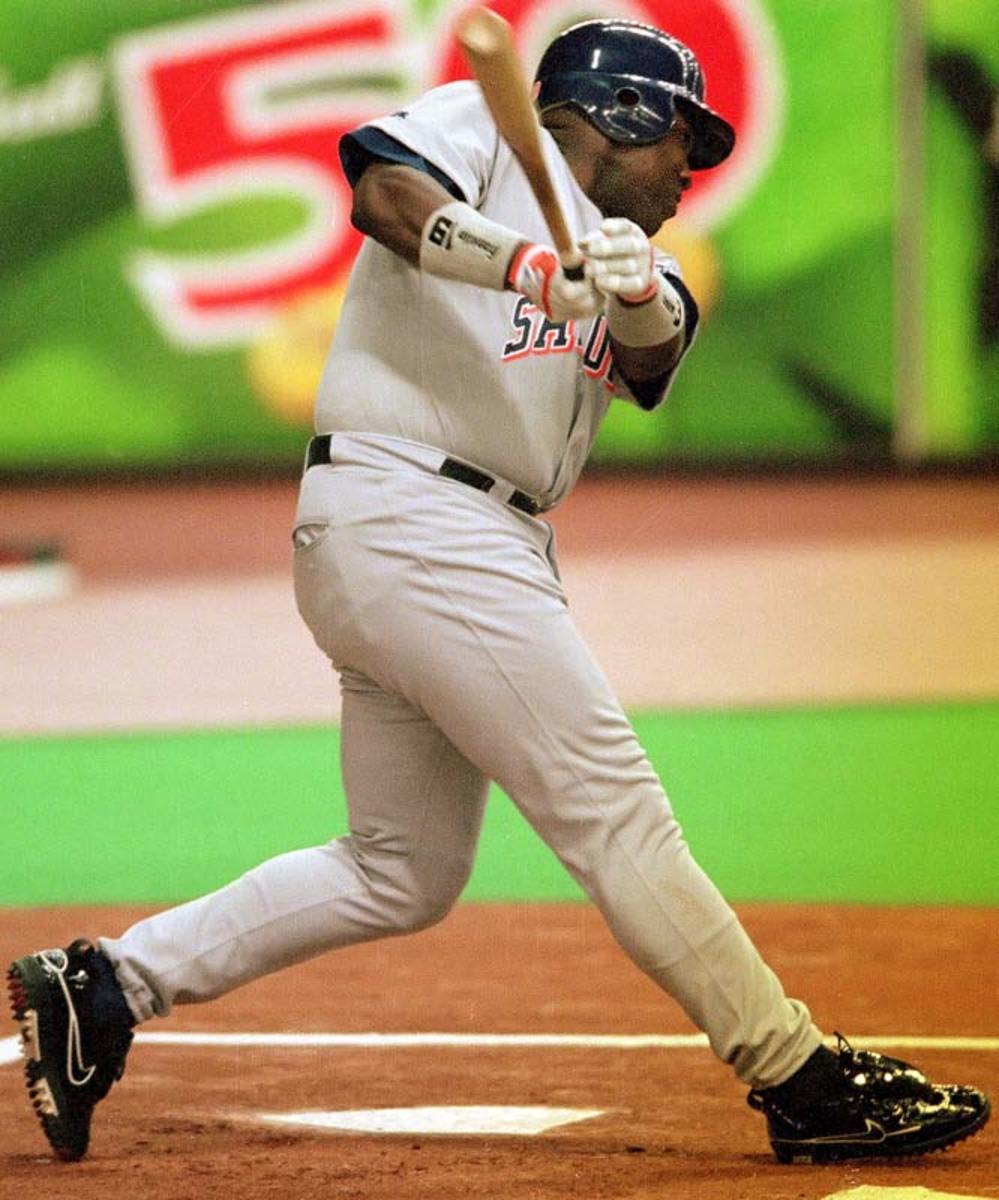
Tony Gwynn became the 22nd member of the 3,000-hit club on Aug. 6, 1999, with a single off Montreal's Dan Smith at Olympic Stadium. An eight-time batting champion, Gwynn is the only player to collect No. 3,000 on foreign soil.
Paul Molitor
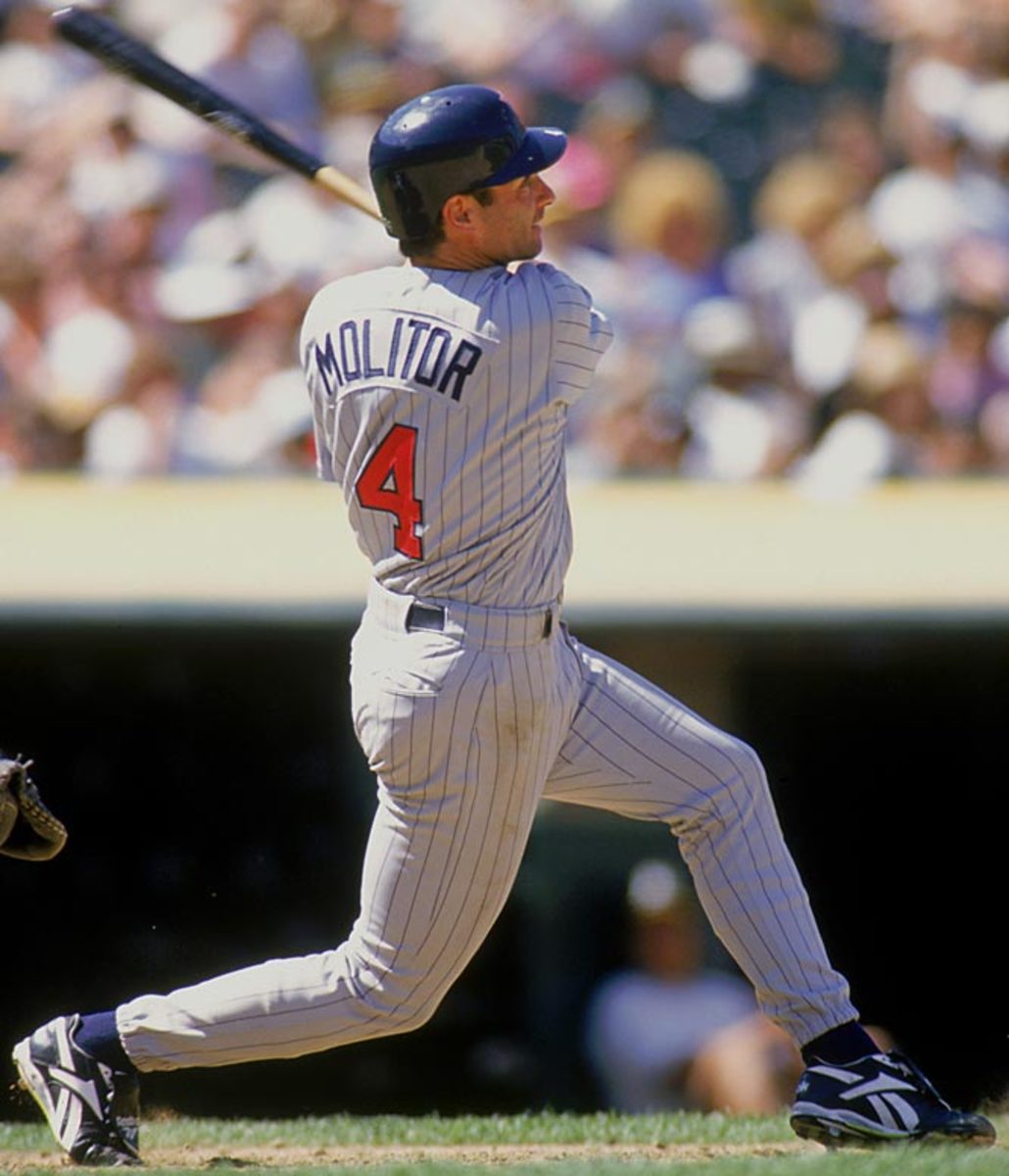
Paul Molitor became the 21st member of the 3,000-hit club on Sept. 16, 1996 with a triple off Kansas City's Jose Rosado at Kauffman Stadium. He is only member of the club to reach the milestone with a three-bagger.
Eddie Murray
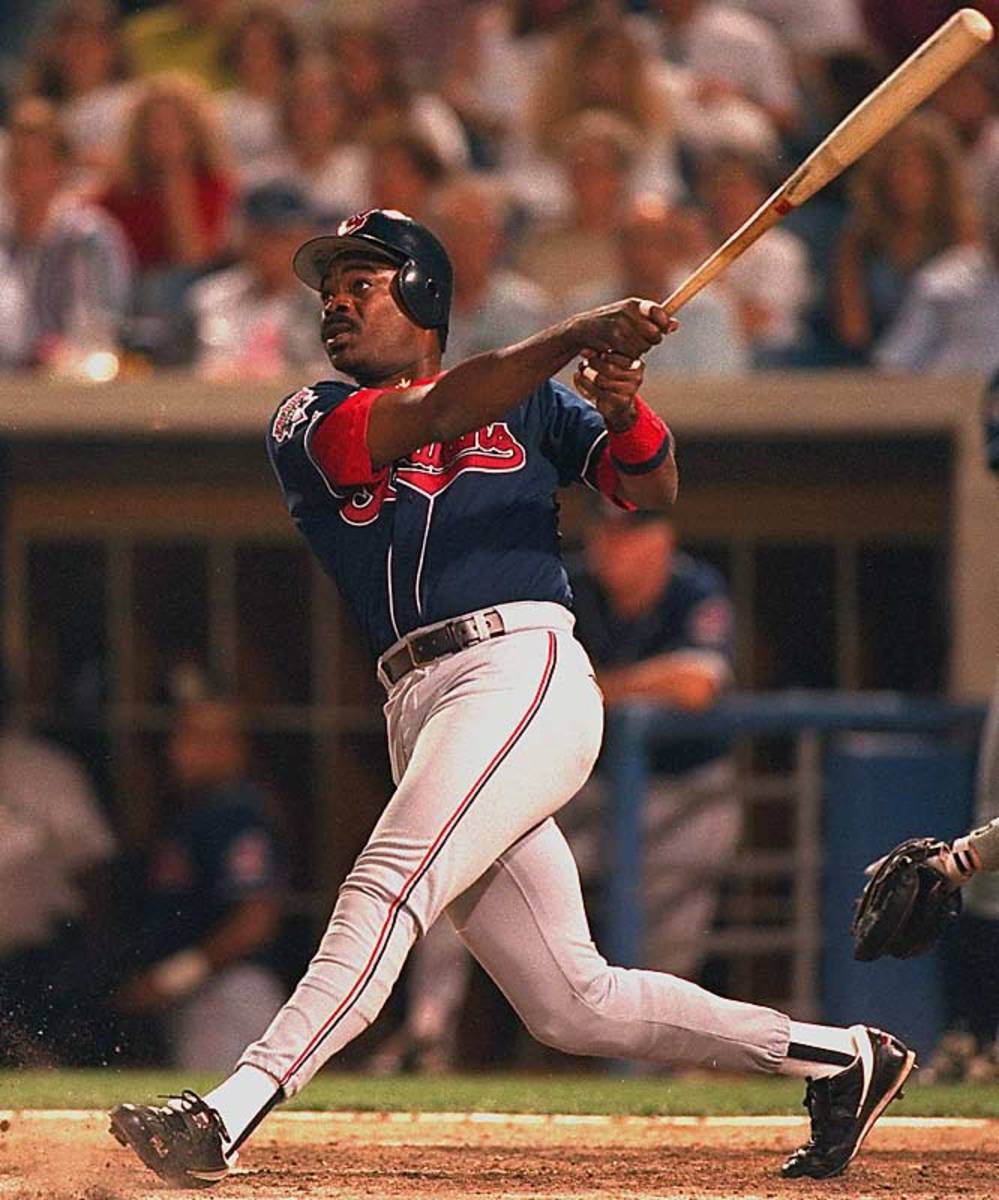
Eddie Murray became the 20th member of the 3,000-hit club on June 30, 1995, with a single off Minnesota's Mike Trombley at the Metrodome. Steady Eddie joined Pete Rose as the only switch-hitters in the club.
Dave Winfield
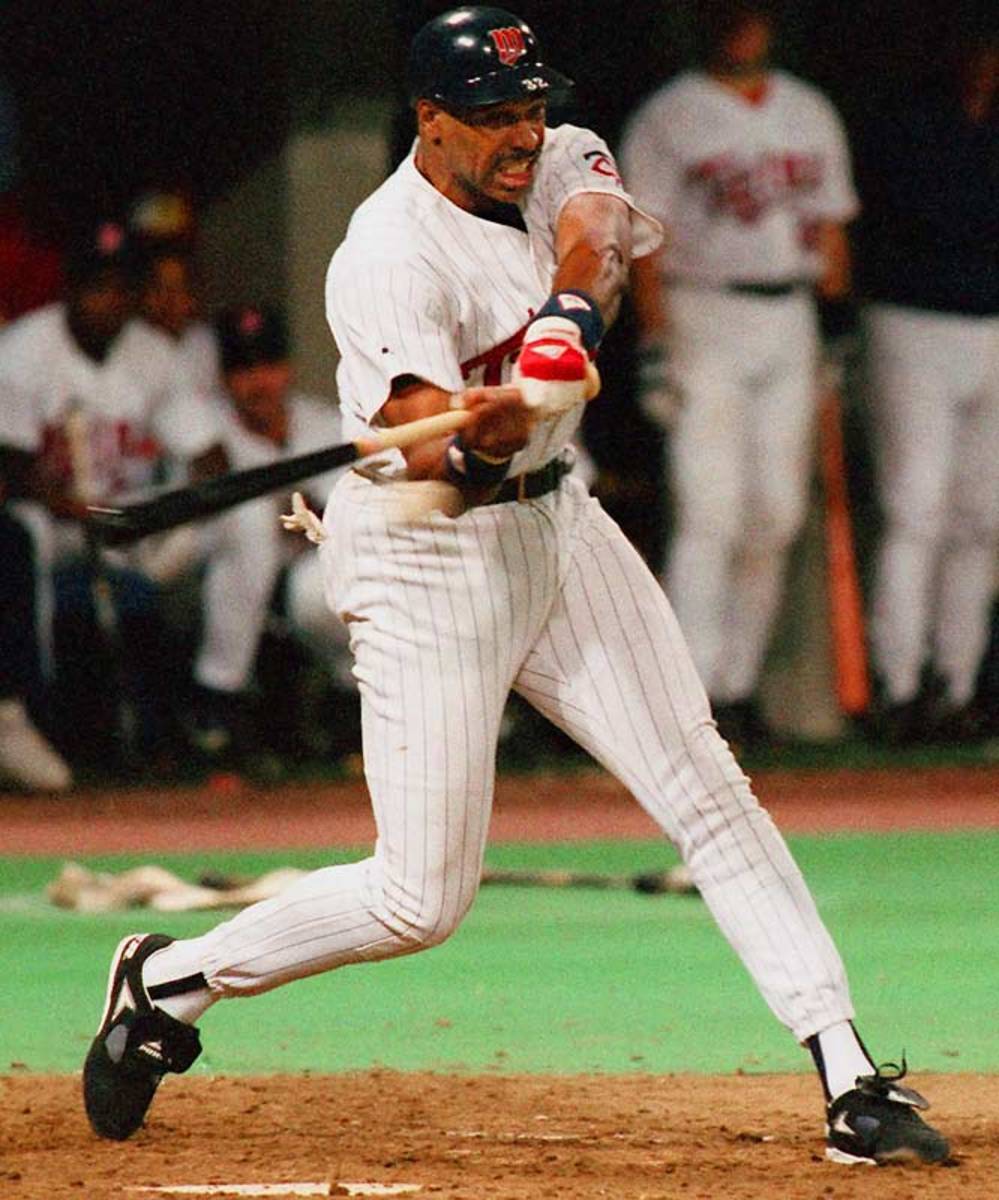
Dave Winfield became the 19th member of the 3,000-hit club on Sept. 16, 1993, with a single off Oakland's Dennis Eckersley at the Metrodome. At 6-6, Winfield is the tallest member of the H3K club and was the first to reach the plateau indoors.
George Brett
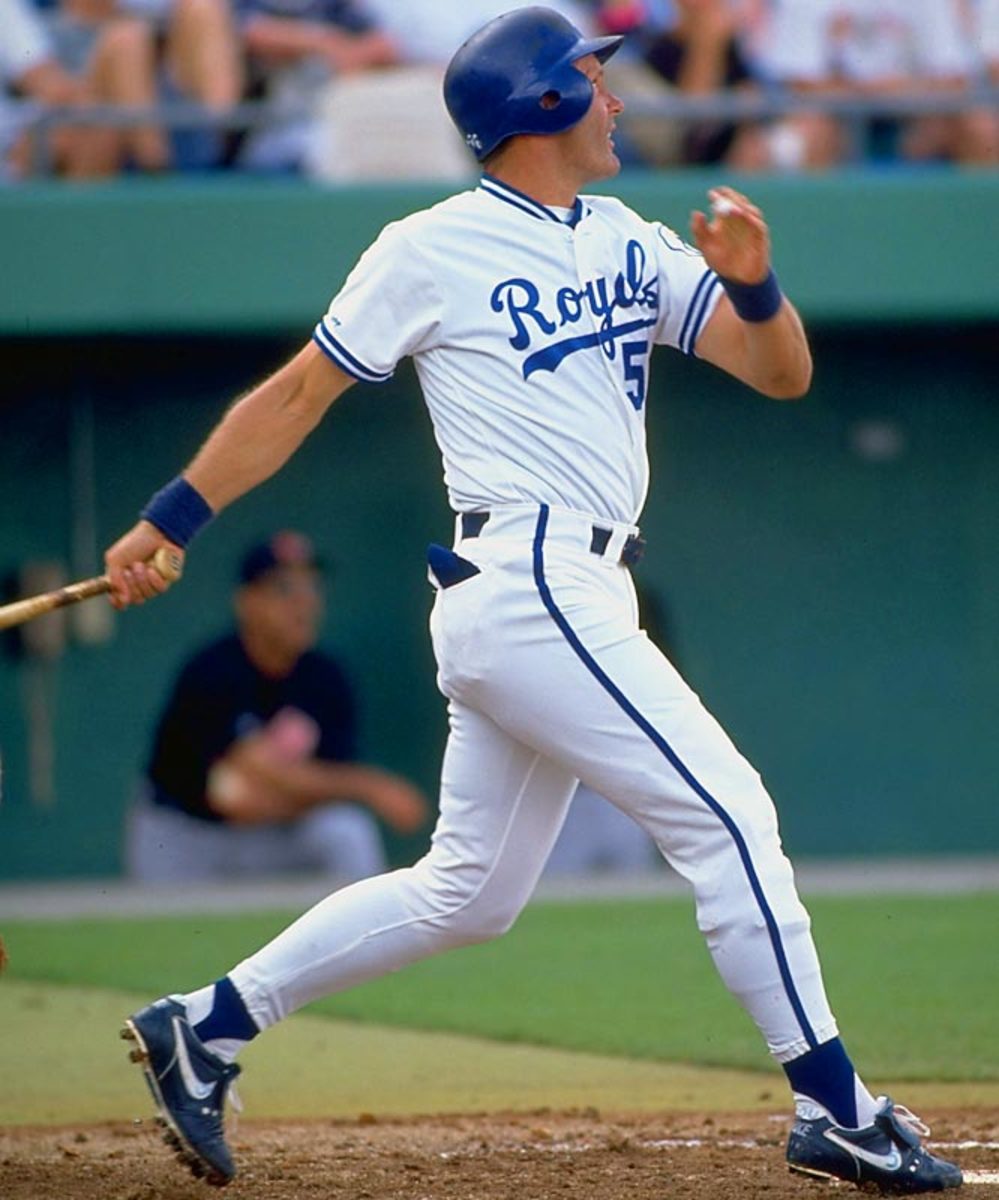
George Brett became the 18th member of the 3,000-hit club on Sept. 30, 1992, with a single off California's Tim Fortugno at Anaheim Stadium. Brett is the only player to win batting titles in three different decades.
Robin Yount
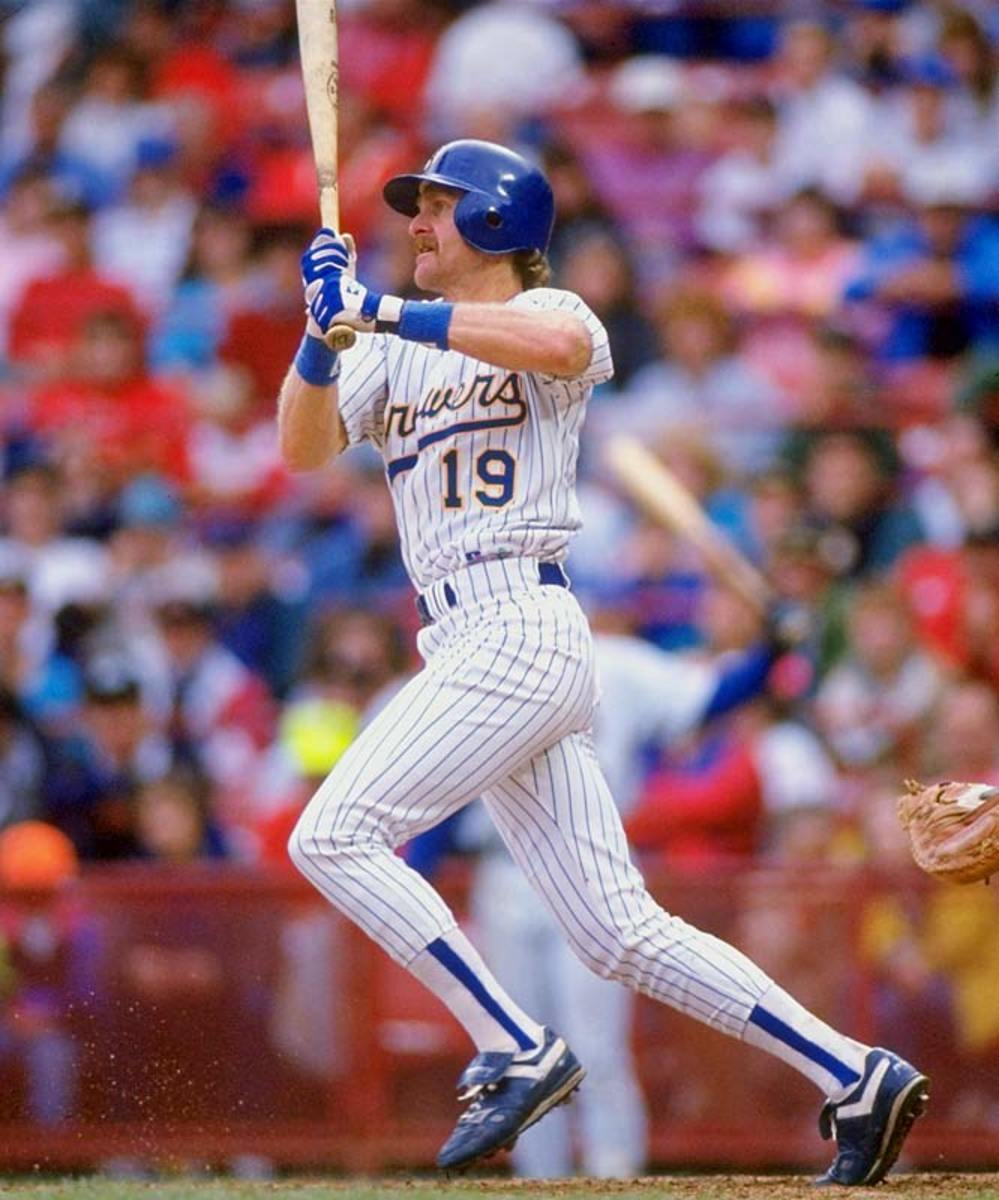
Robin Yount became the 17th member of the 3,000-hit club on Sept. 9, 1992, with a single off Cleveland's Jose Mesa at County Stadium. Only Ty Cobb and Hank Aaron reached the milestone at a younger age. Rockin' Robin collected more hits in the 1980s (1,731) than any other player.
Rod Carew
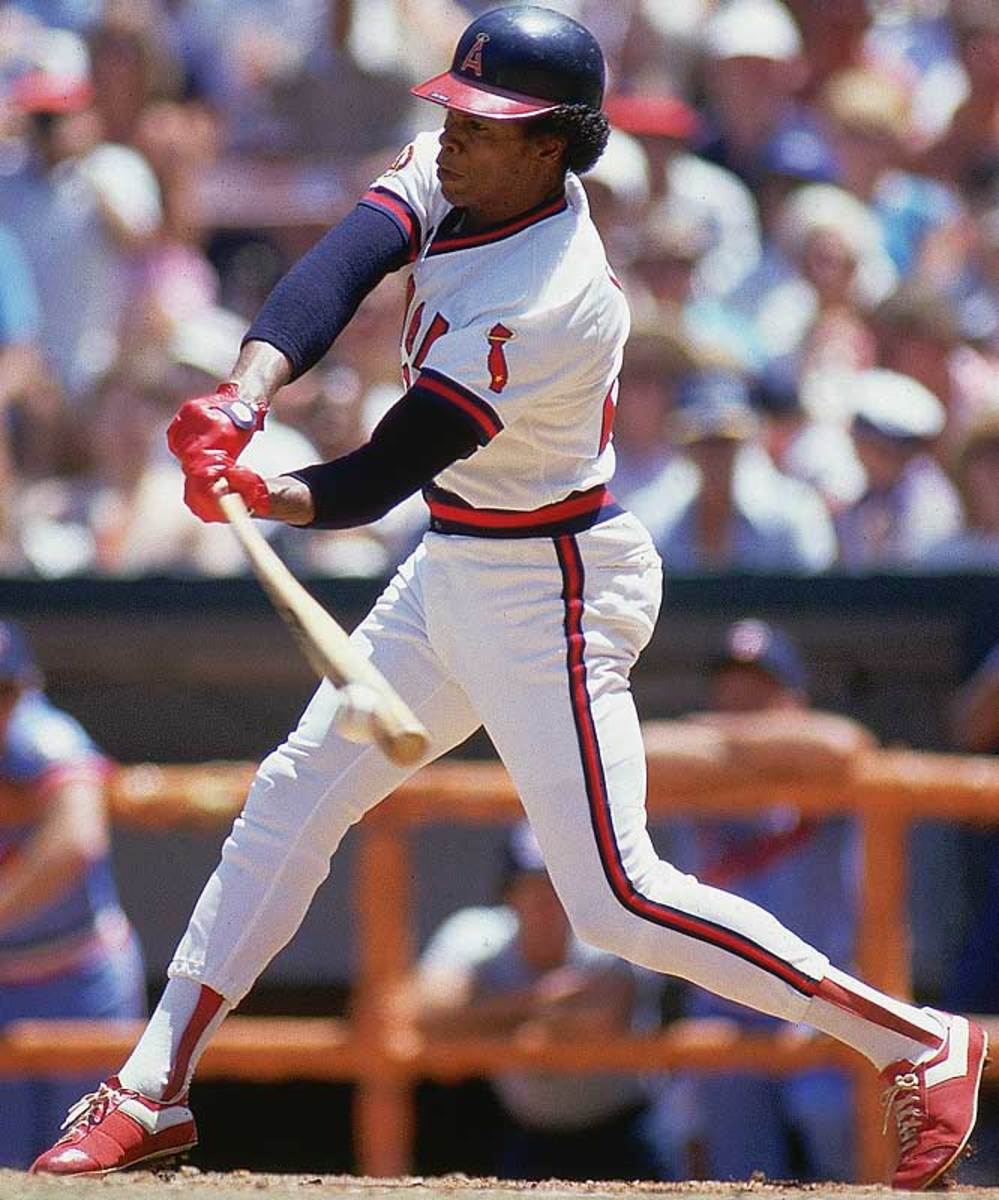
Rod Carew became the 16th member of the 3,000-hit club on Aug. 4, 1985, with a single off California's Frank Viola at Anaheim Stadium. The only player to reach the milestone in the 1980s, Carew won seven batting titles and finished with 3,053 hits.
Carl Yastrzemski
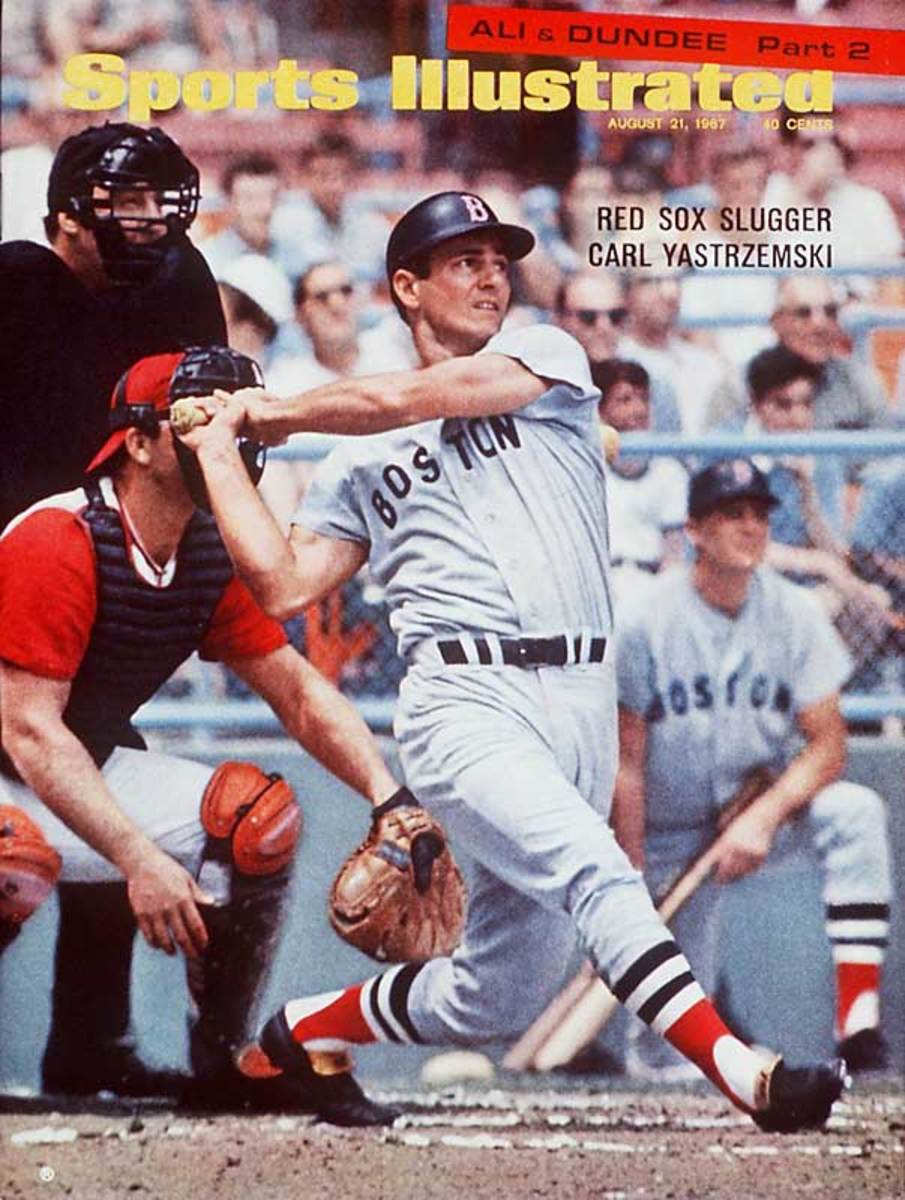
Carl Yastrzemski became the 15th member of the 3,000-hit club on Sept. 12, 1979 with a single off New York's Jim Beattie at Fenway Park. The last player to hit for the triple crown, Yaz hit .369 in the postseason.
Lou Brock
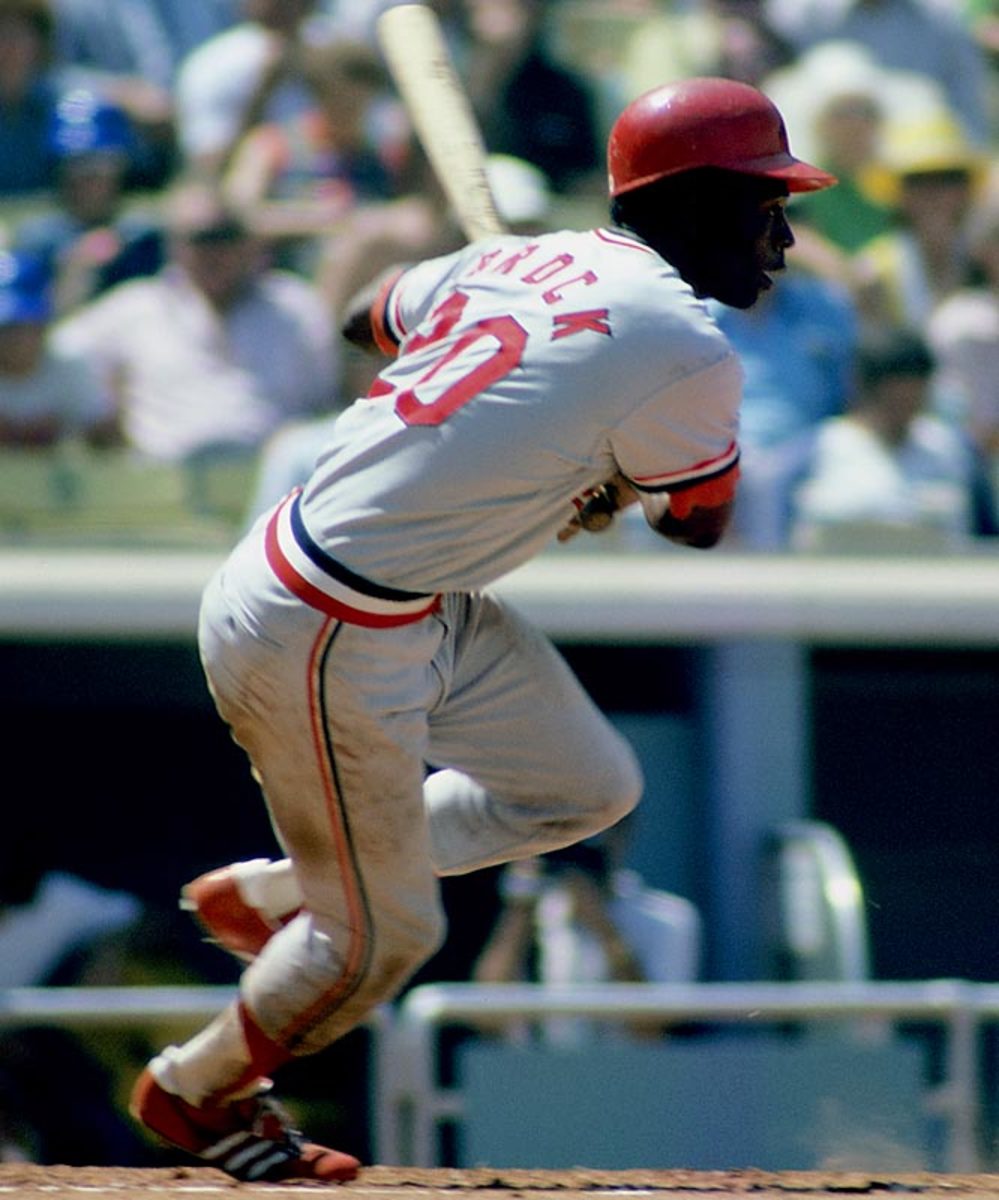
Lou Brock became the 14th member of the 3,000-hit club on Aug. 13, 1979, with a single off Chicago's Dennis Lamp at Busch Stadium. He was especially clutch in the postseason, posting a career .391 average in 21 World Series games.
Pete Rose
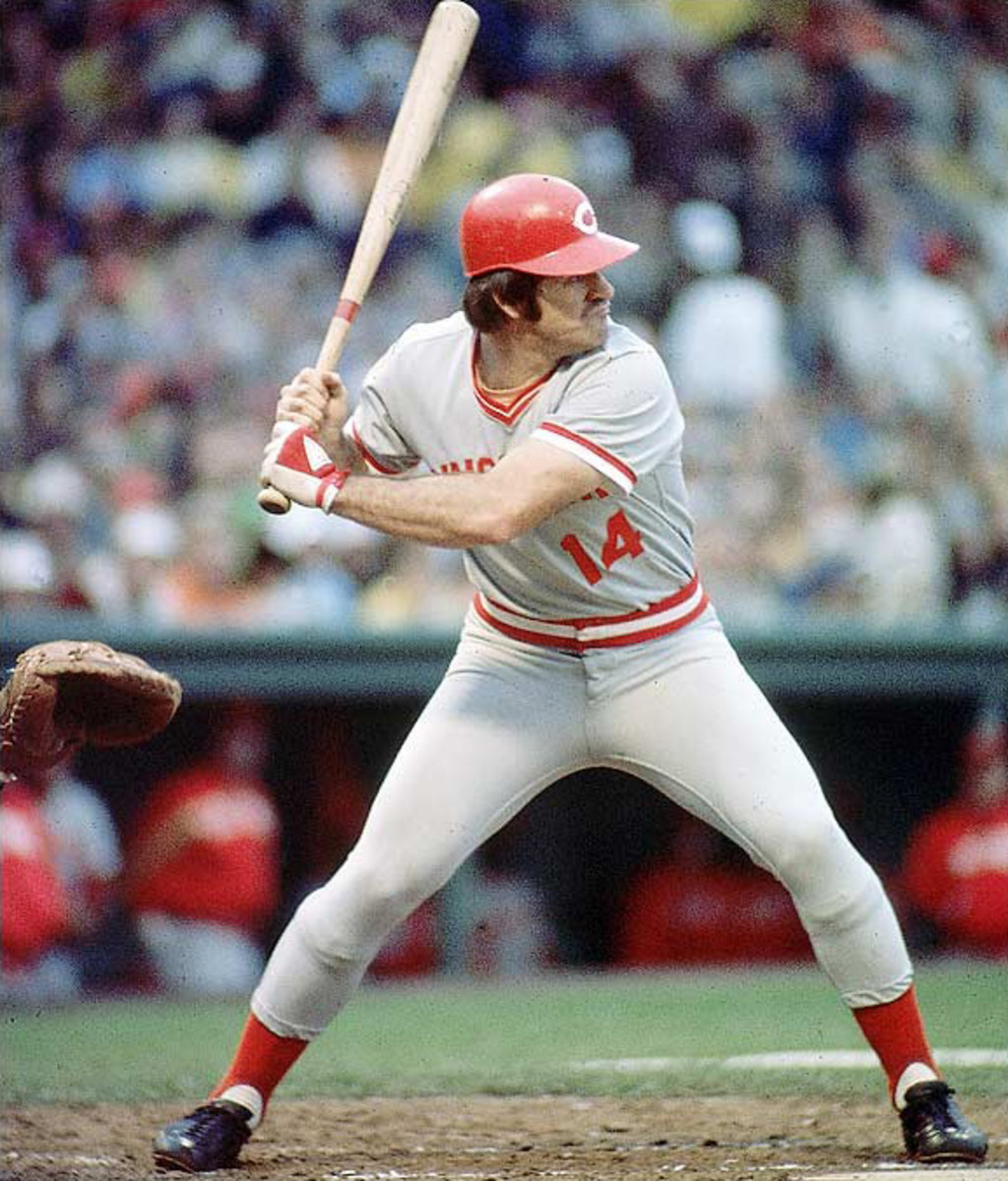
Rose became the 13th member of the 3,000-hit club on May 5, 1978, with a single off Montreal's Steve Rogers at Riverfront Stadium. Charlie Hustle collected more than 200 hits a record 10 times and remains baseball's Hit King.
Al Kaline
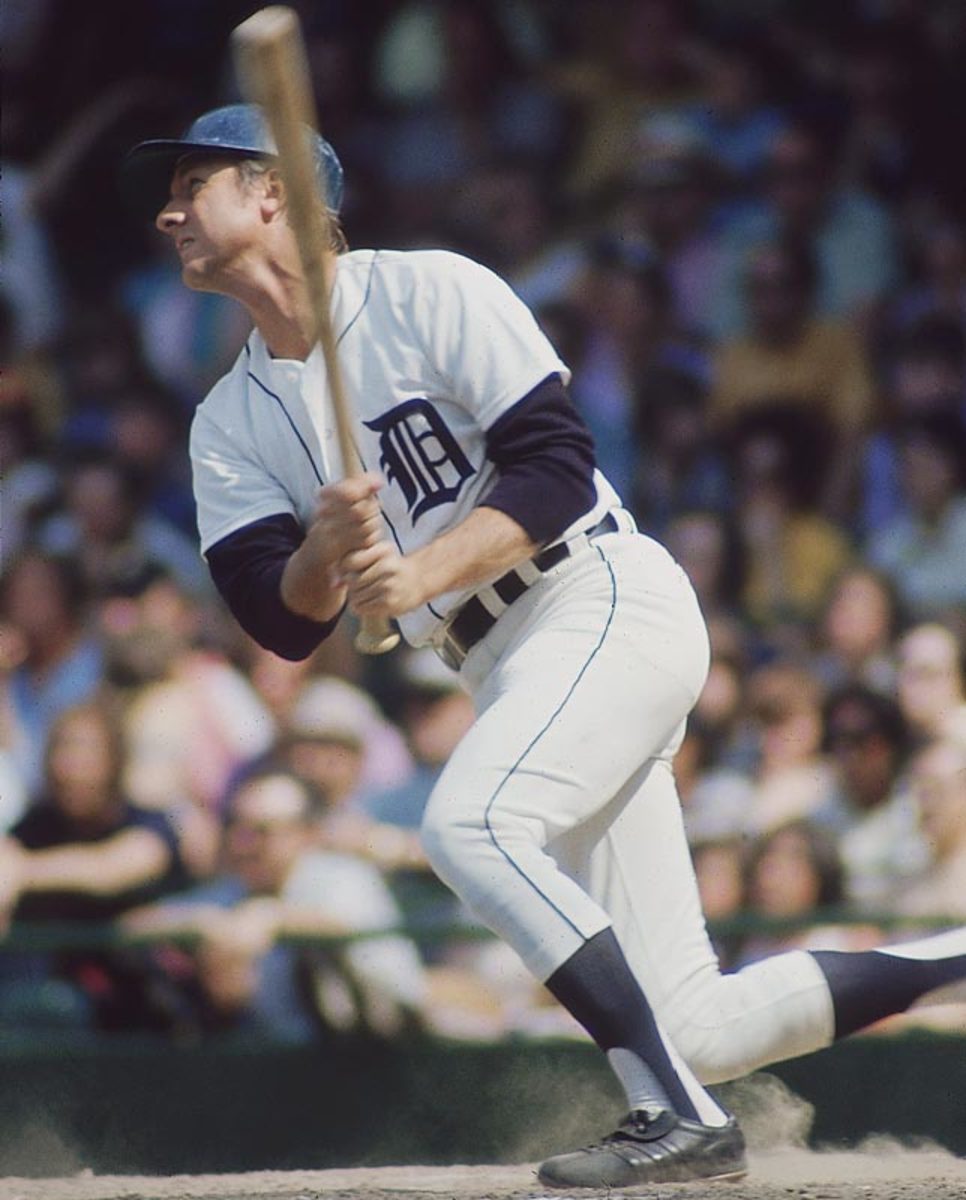
Al Kaline became the 12th member of the 3,000-hit club on Sept. 24, 1974, with a double off Dave McNally at Memorial Stadium. Kaline was the first American Leaguer to reach the milestone in 49 years.
Roberto Clemente
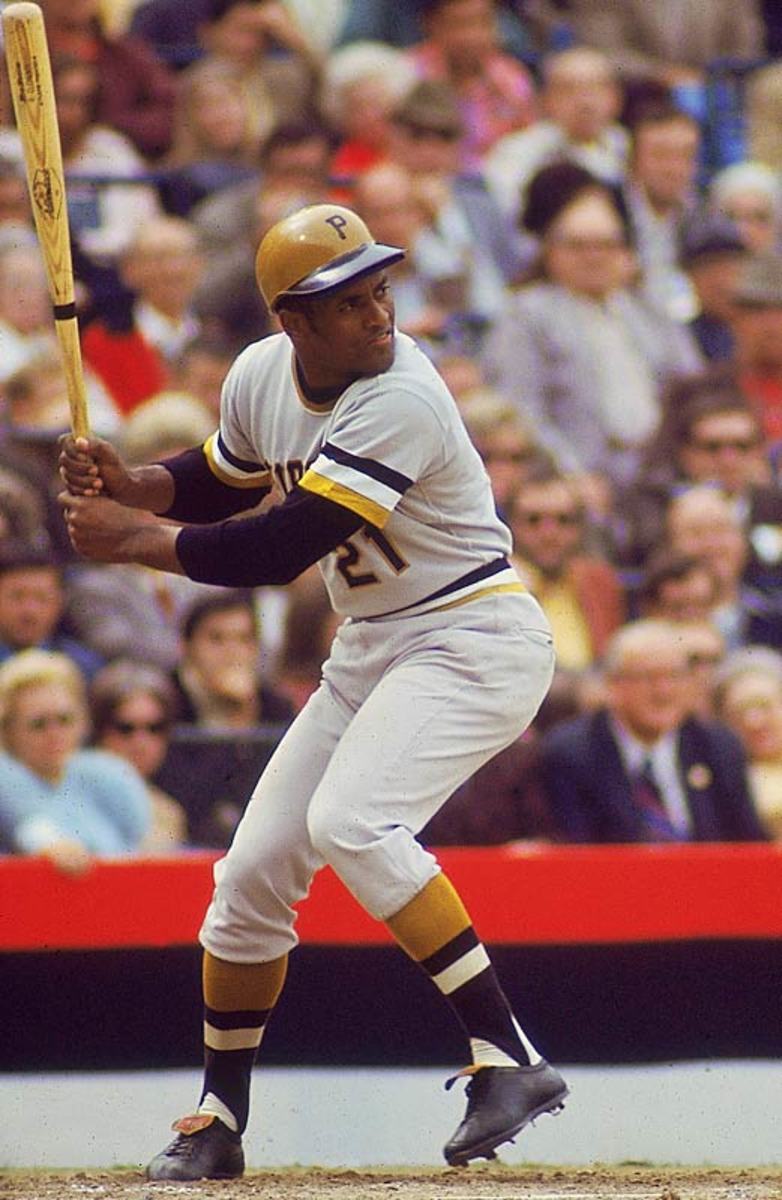
Roberto Clemente became the 11th member of the 3,000-hit club on Sept. 29, 1972, with a double off New York's John Matlack at Three Rivers Stadium. It was Clemente's final at-bat of the season and, tragically, the last of his career -- he died in an airplane accident during the offseason.
Willie Mays
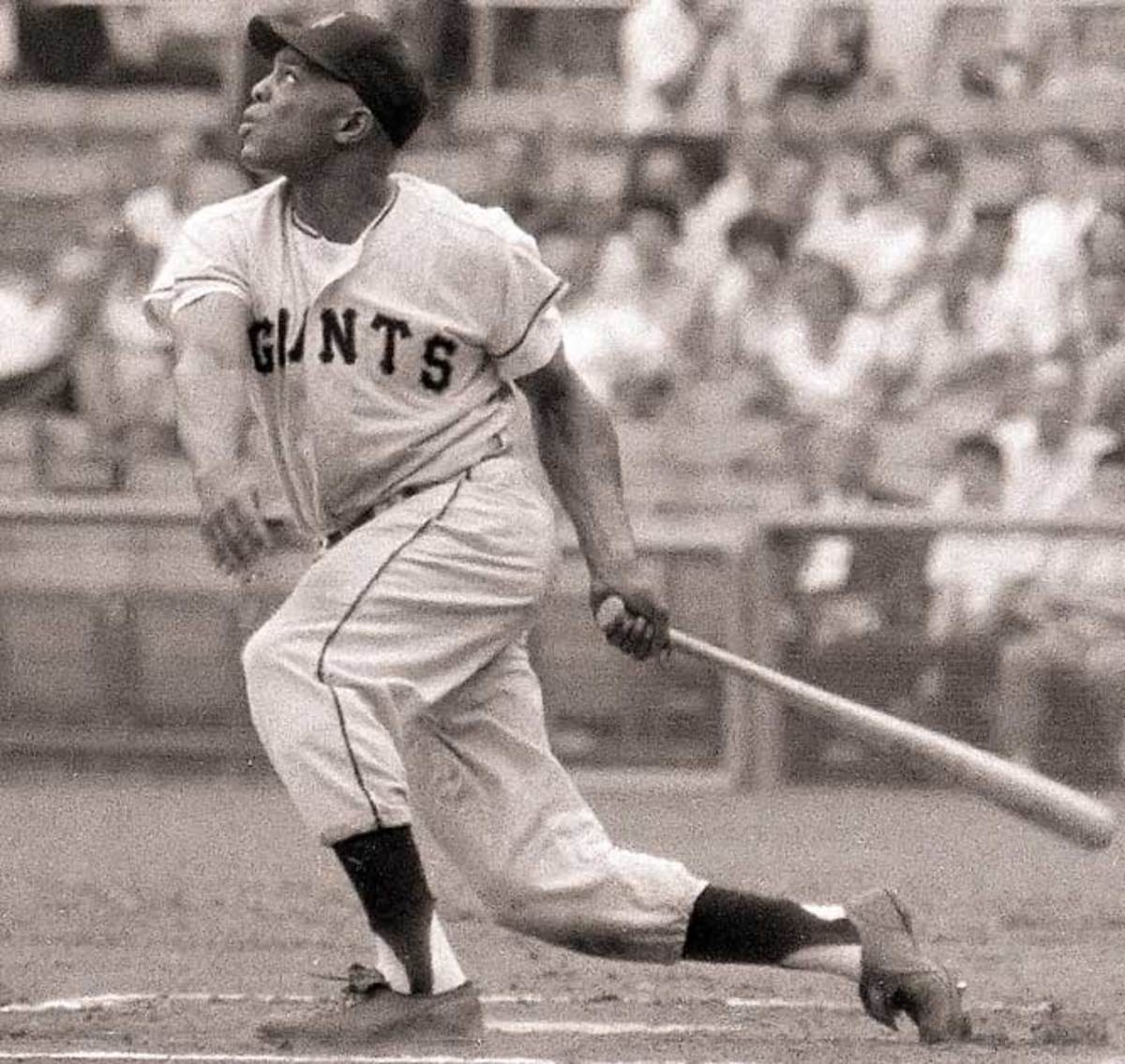
Willie Mays became the 10th member of the 3,000-hit club on July 18, 1970, with a single off Montreal's Mike Wegener at Candlestick Park. The Say Hey Kid also joined Hank Aaron as the only members of the 500-homer, 3,000-hit club.
Hank Aaron
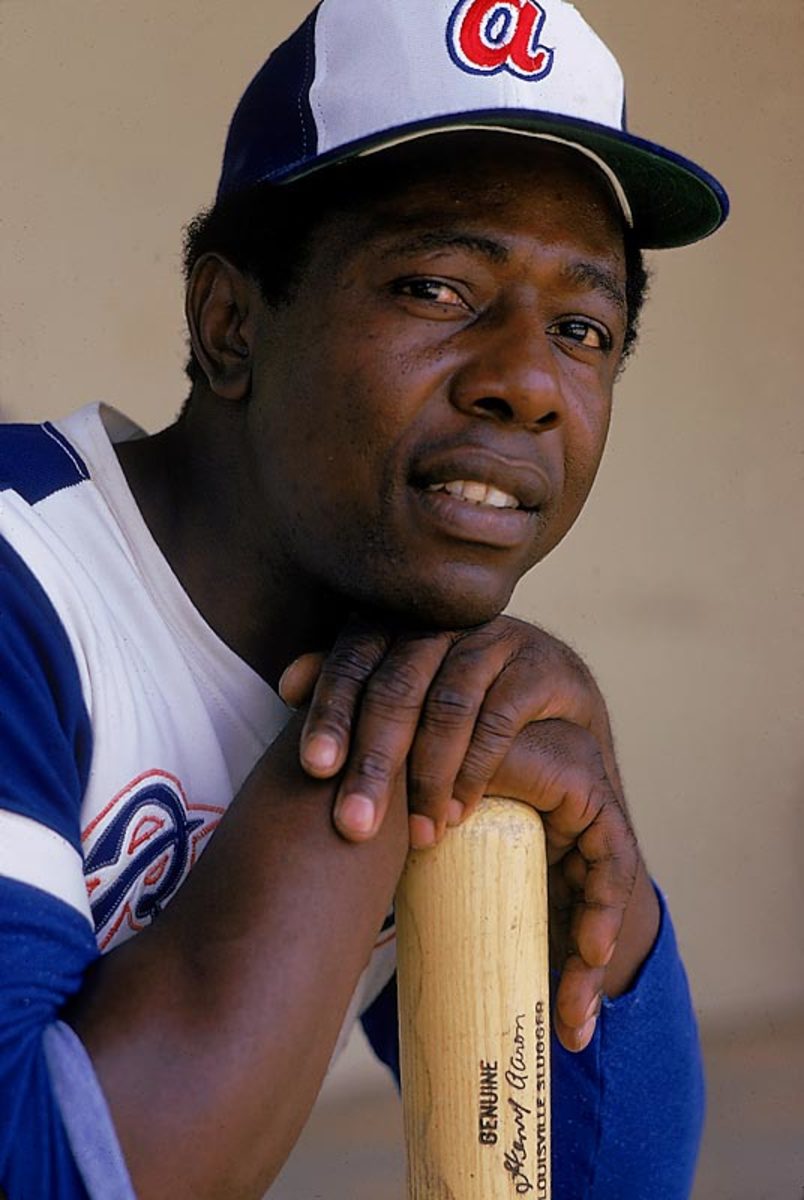
Hank Aaron became the ninth member of the 3,000-hit club on May 17, 1970, with a single off Cincinnati's Wayne Simpson at Crosley Field. Hammerin' Hank holds major league records for total bases (6,856), extra-base hits (1,477) and RBIs (2,297).
Stan Musial
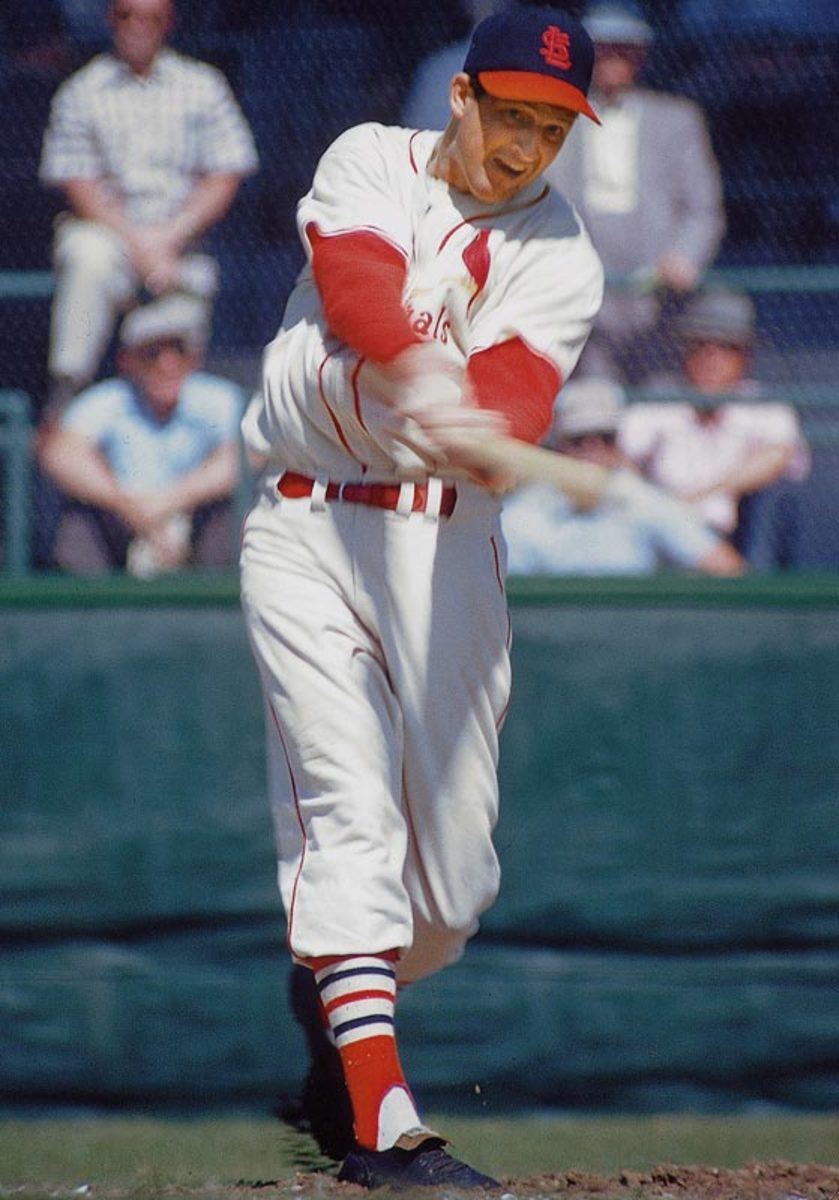
Stan Musial became the eighth member of the 3,000-hit club on May 13, 1958, with a double off Chicago's Moe Drabowsky at Wrigley Field. Stan The Man owns the highest career slugging percentage (.559) among H3K members and is the only player to reach the milestone as a pinch-hitter.
Paul Waner
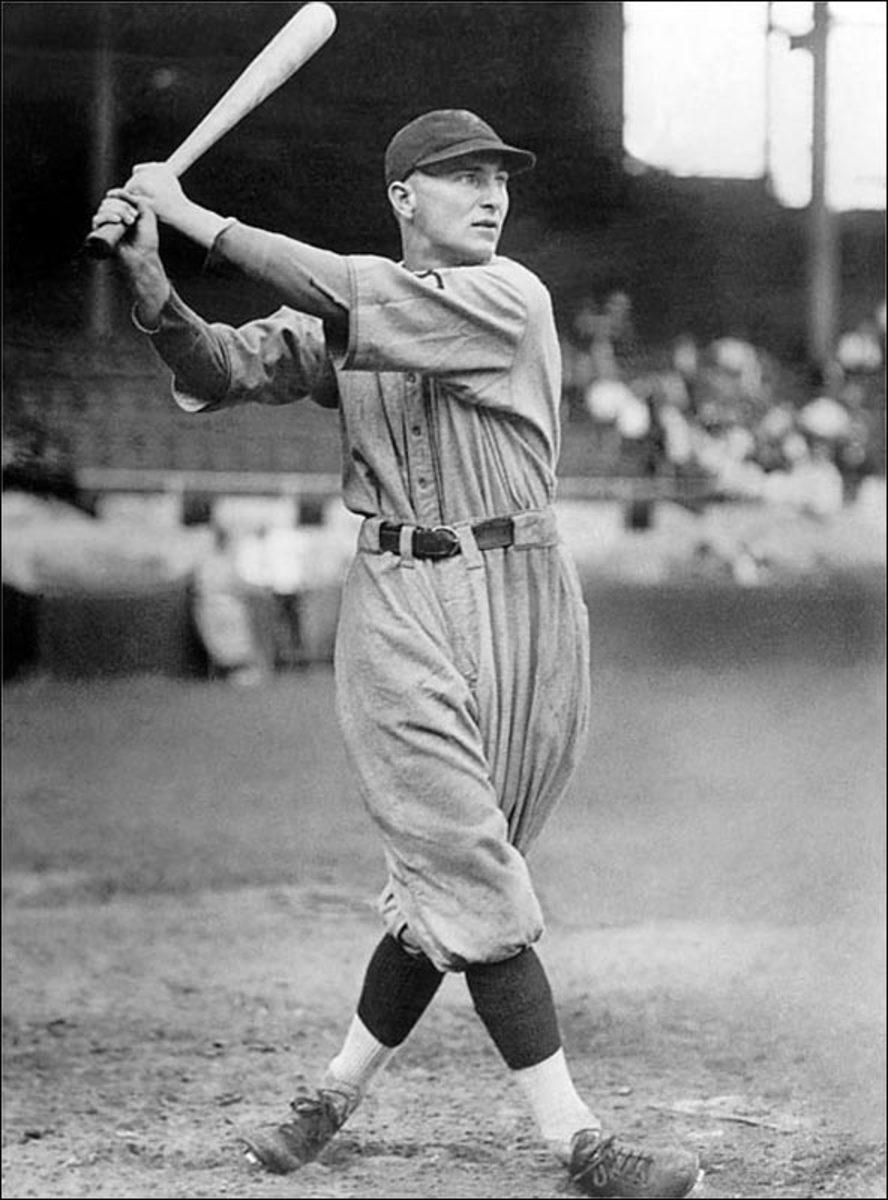
Paul Waner became the seventh member of the 3,000-hit club on June 19, 1942, with a single off Boston's Rip Sewell, a former teammate, at Braves Field. A career .333 hitter, Big Poison posted eight 200-hit seasons.
Eddie Collins
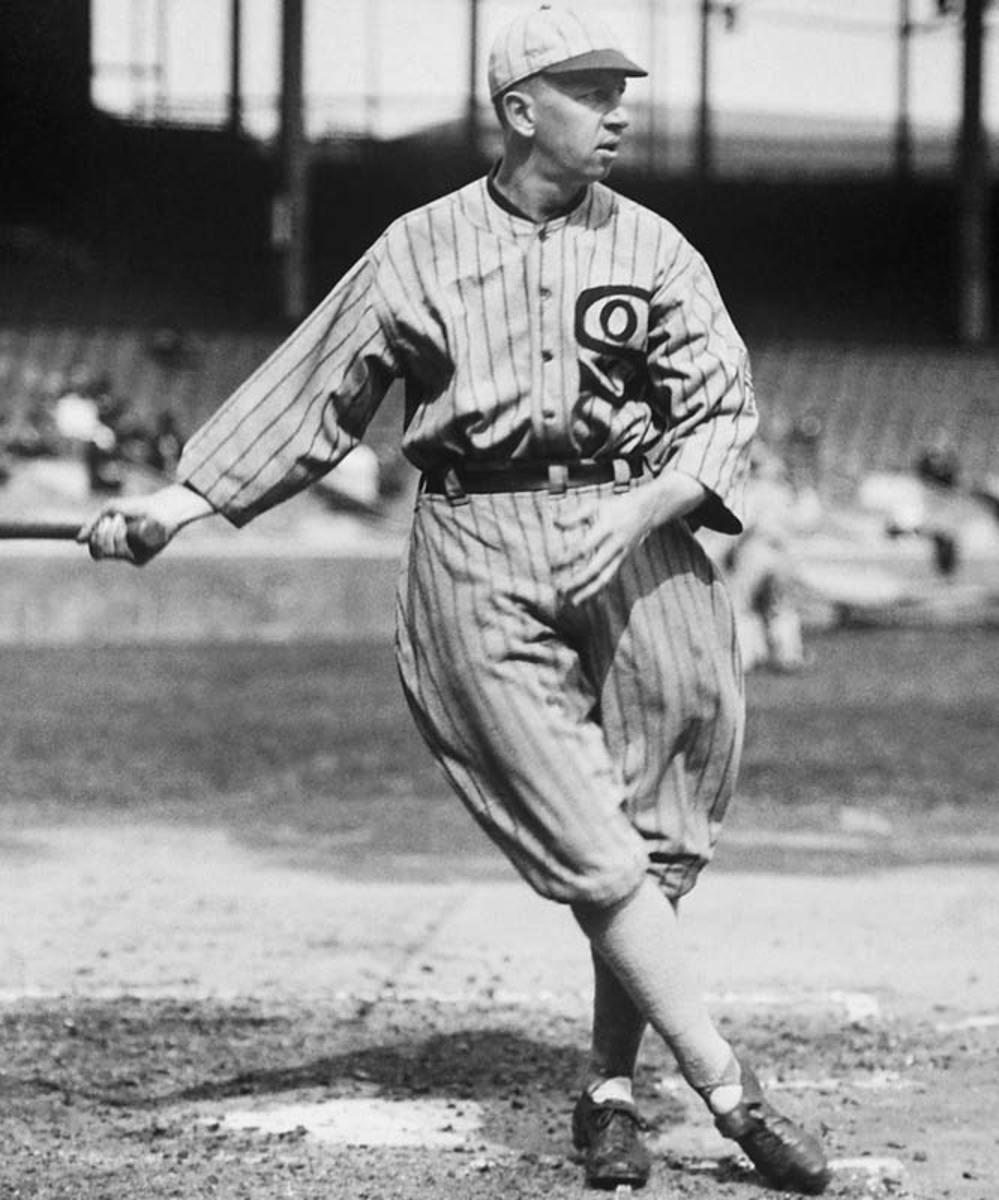
Eddie Collins became the sixth member of the 3,000-hit club on June 3, 1925, with a single off Detroit's Rip Collins at Navin Field. An unlikely superstar at 5-9, 170 pounds, Collins also had 42 hits in World Series play, batting .328 in 34 games.
Tris Speaker
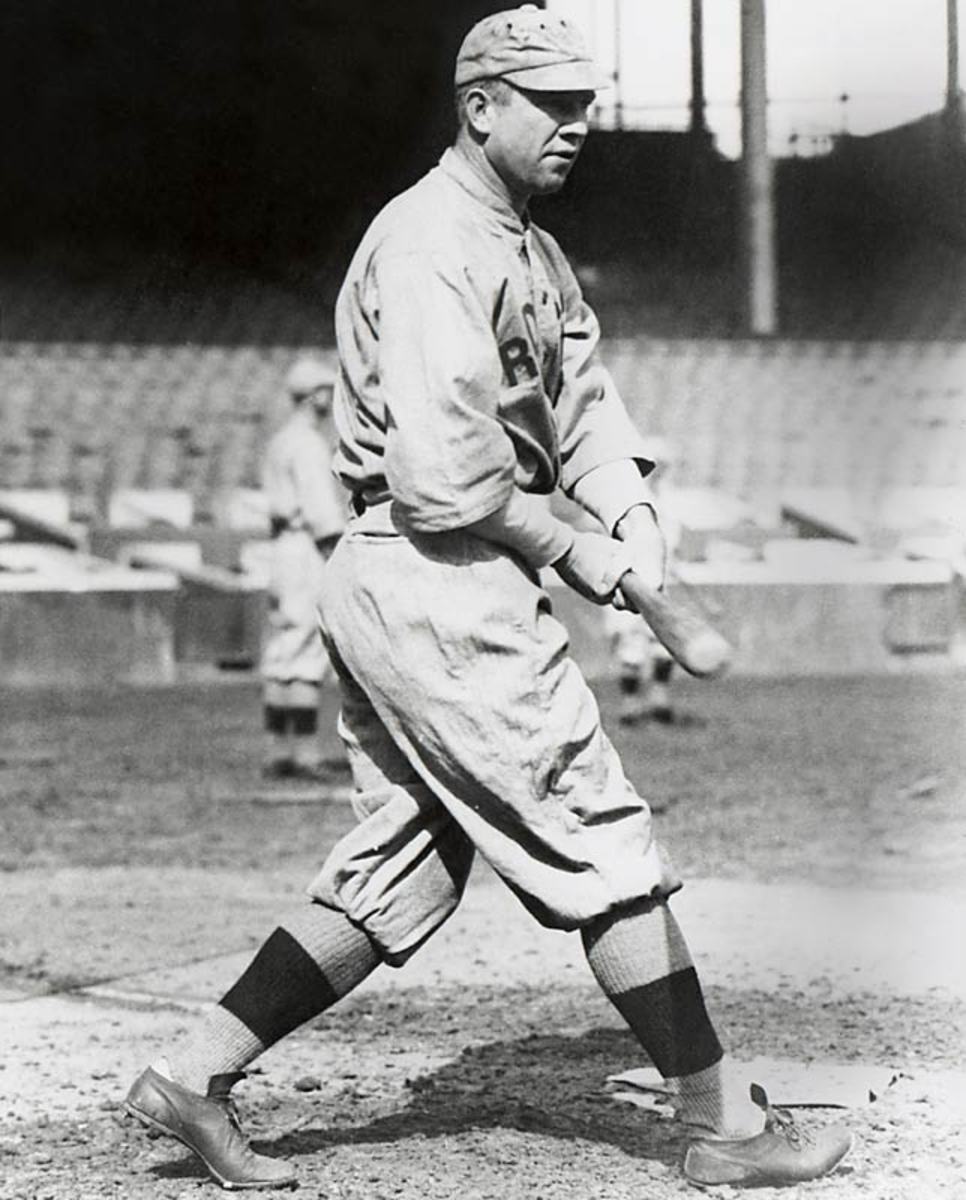
Tris Speaker became the fifth member of the 3,000-hit club on May 17, 1925, with a single off Washington's Tom Zachary at League Park. A career .345 hitter, Speaker finished with a record 792 doubles.
Ty Cobb
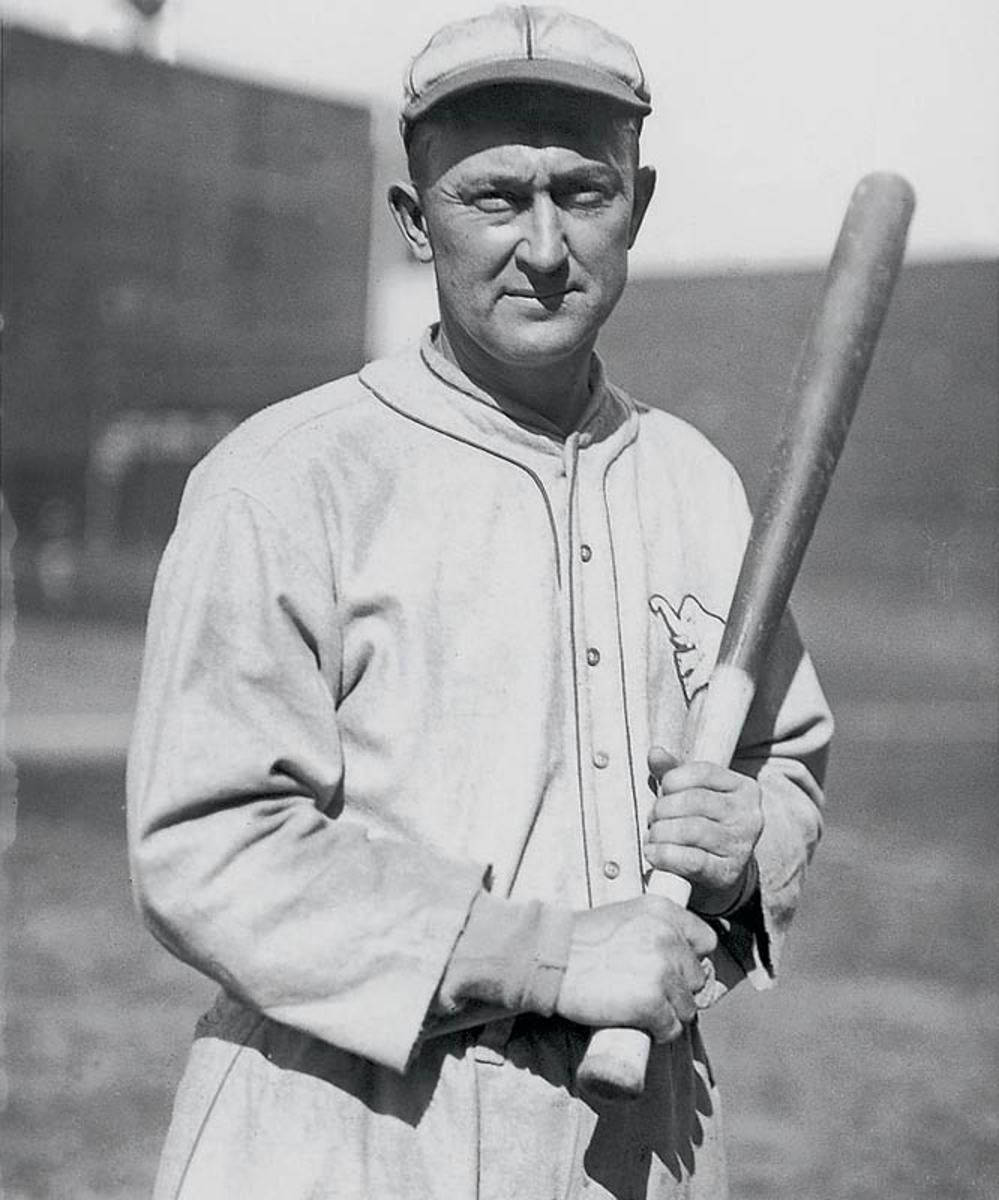
Ty Cobb became the fourth member of the 3,000-hit club on Aug. 19, 1921, with a single off Boston's Elmer Myers at Navin Field. Six years later, The Georgia Peach collected his 4,000th hit. Cobb held 90 major league records when he retired and remains the all-time leader in career batting average (.367).
Nap Lajoie
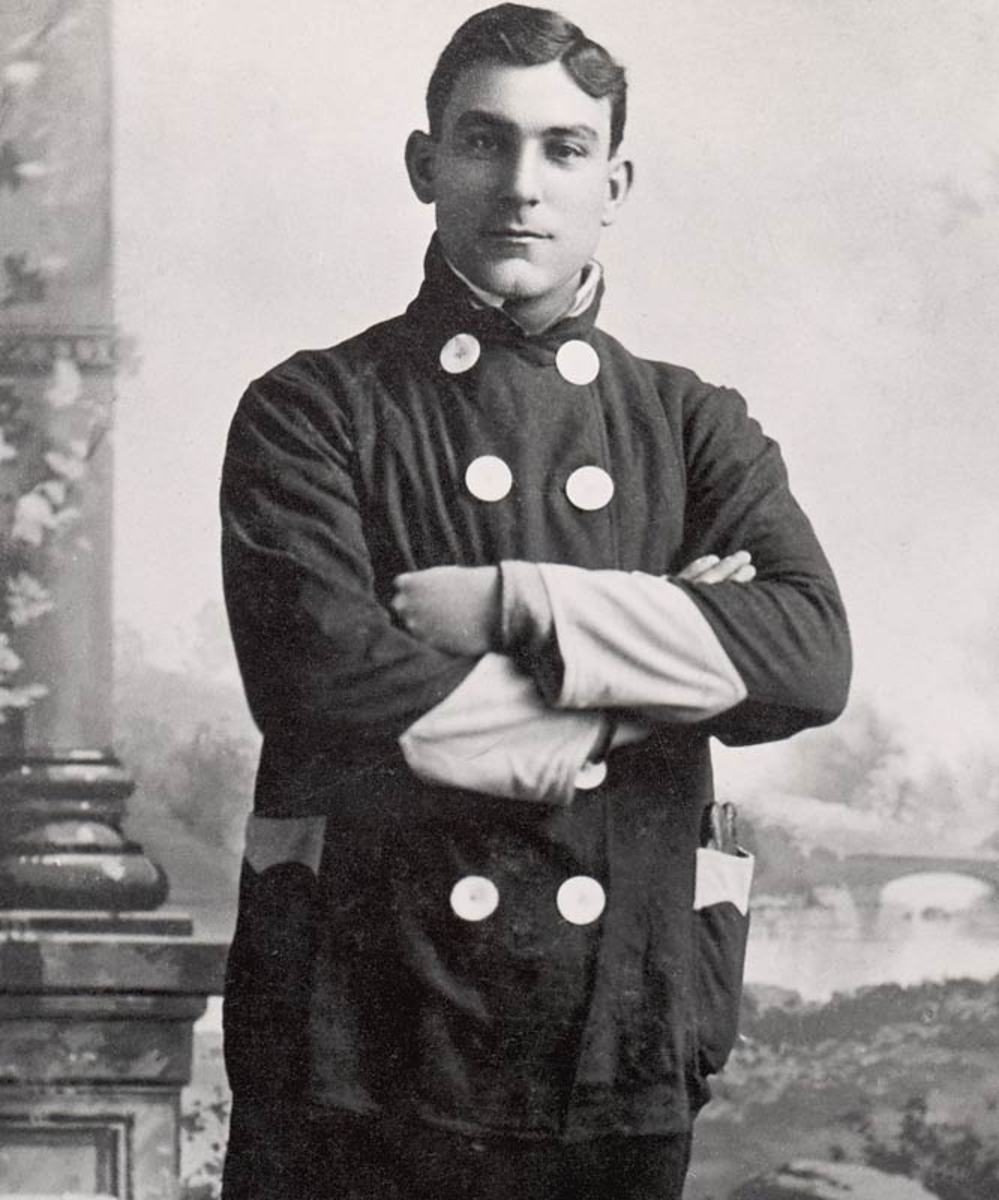
Nap Lajoie became the third member of the 3,000-hit club on Sept. 27, 1914, with a single off New York's Marty McHale at League Park. A career .339 hitter, Lajoie topped .350 ten times and needed only 2,224 games to reach the milestone -- second only to Ty Cobb.
Honus Wagner
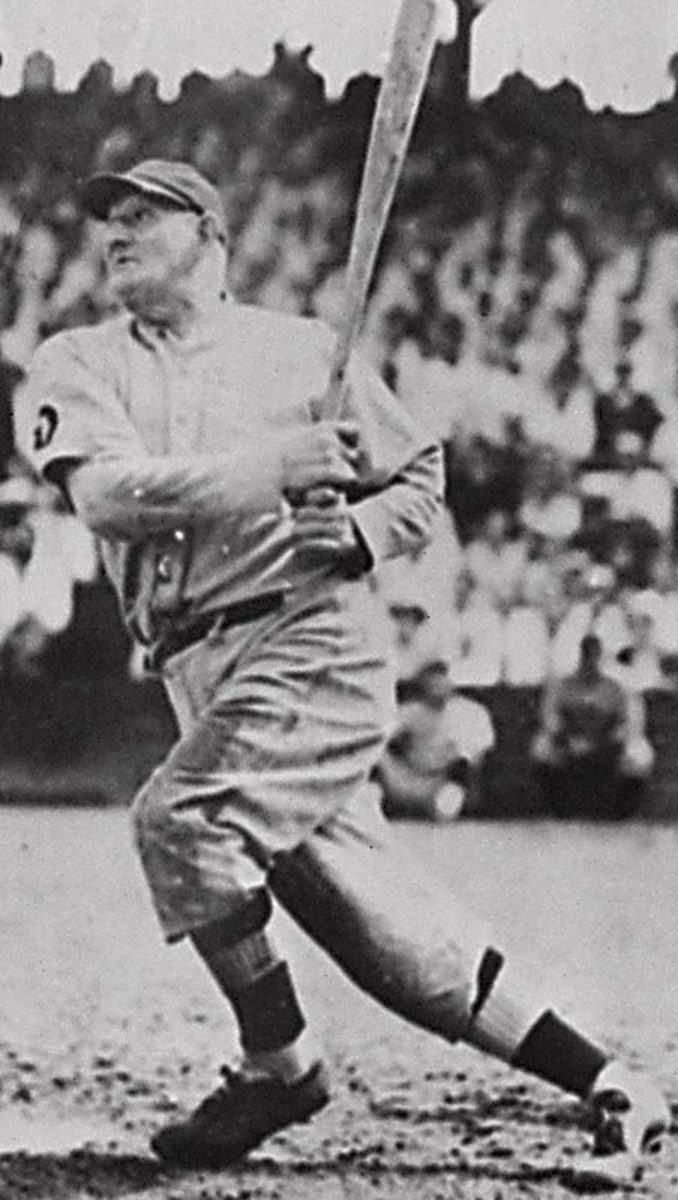
Honus Wagner became the second member of the 3,000-hit club on July 9, 1914, with a double off Philadelphia's Erskine Mayer at the Baker Bowl. The Flying Dutchman hit at least .300 in his first 17 seasons and won eight NL batting titles.
Cap Anson
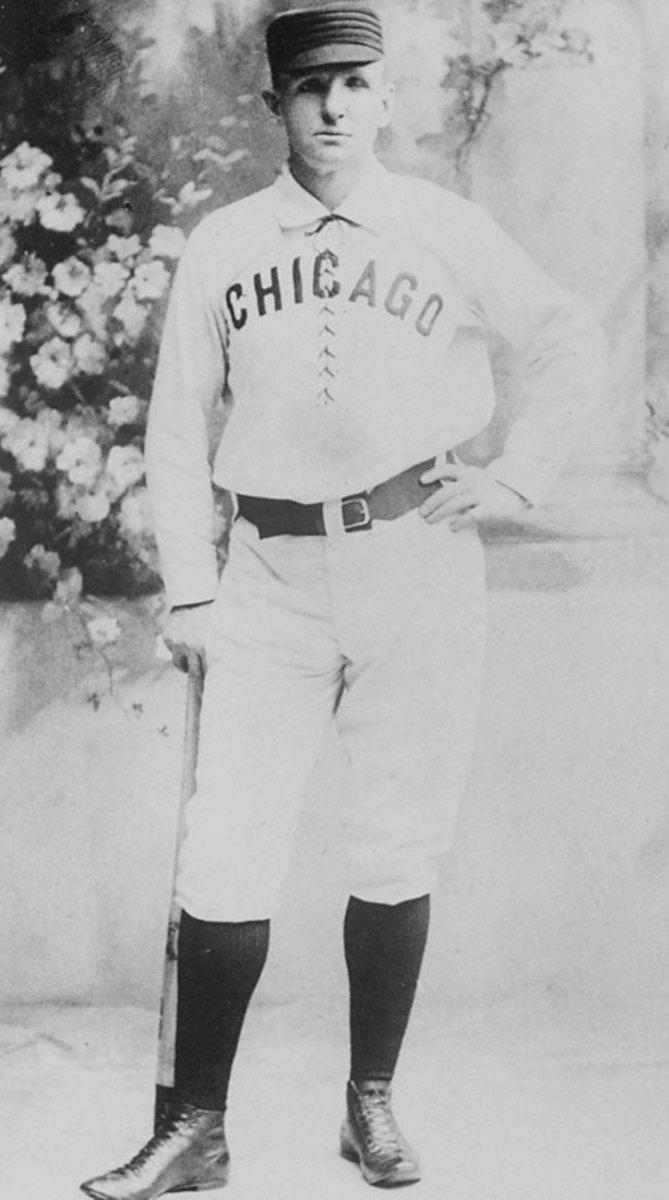
Cap Anson became the first member of the 3,000-hit club on Aug. 3, 1897, with a single off St. Louis' Bill Hart at West Side Grounds. Officially, Anson finished with 3,418 hits, although some historians question Anson's membership because walks were counted as hits (as well as at-bats) in 1887.
The Dodgers have no one younger than 27 in their bullpen. They like seasoned pitchers who have gone through their learning curve and narrowed their repertoire to exactly what works best. Here is a profile of L.A.'s relievers and how they were acquired. Note in each case that the Dodgers have identified at least one pitch or trait that makes that pitcher something of an outlier.
• Luis Avilan, LHP, 27 (acquired via 2015 trade with the Braves): Heavy changeup usage; reverse split tendencies make him tough on righthanders.
• Pedro Baez, RHP, 28 (converted minor league infielder): High-velocity, high-spin–swing-and-miss fastball.
• Joe Blanton, RHP, 35 (2016 free agent): Premium spin (slider, curveball) with short extension.
• Jesse Chavez, RHP, 32 (2016 trade with the Blue Jays): Very hard cutter and high-spin four-seamer.
• Grant Dayton, LHP, 28 (2015 trade with the Marlins): Deceptive 91-mph–four-seam fastball.
• Josh Fields, RHP, 30 (2016 trade by the Astros): Turbo cutter with above average extension.
• J.P. Howell, LHP, 33 (2013 free agent): Exceptional low-spin rate sinker.
• Kenley Jansen, RHP, 28 (converted minor league catcher): Freakishly hard cutter with extreme extension.
The other part of the modern bullpen story the Dodgers have mastered is sheer volume. The above list doesn’t include the plethora of pitchers who have shuttled among Los Angeles, Triple A Oklahoma City and the disabled list, including Louis Coleman, Casey Fien, Carlos Frias, Yimi Garcia, Chris Hatcher, Adam Liberatore and Josh Ravin. It sounds cruel, but the supply of specialty pitchers is so enormous that injuries and options are built into the equation.
The 30: Highlighting four MVP-caliber seasons in power rankings
Avilan, for instance, has been optioned four times to Triple A, recalled four times and designated for assignment once—all this year. The Dodgers are averaging 47 transactions a month this season. They have used 18 relievers already, and the expansion of rosters in September will give them a good chance to break the franchise record of 22, set during 1944.
Roberts has been a master of utilizing this mass of relievers. His starting pitchers have not given him six innings in eight straight games, and yet Los Angeles is 5–3 in those games. The Dodgers haven’t made it through seven innings in 17 straight games—and yet the team is 10–7 in that stretch.
How does Roberts do it? He has to live with a four-man bench and he has to limit the length of relief outings.
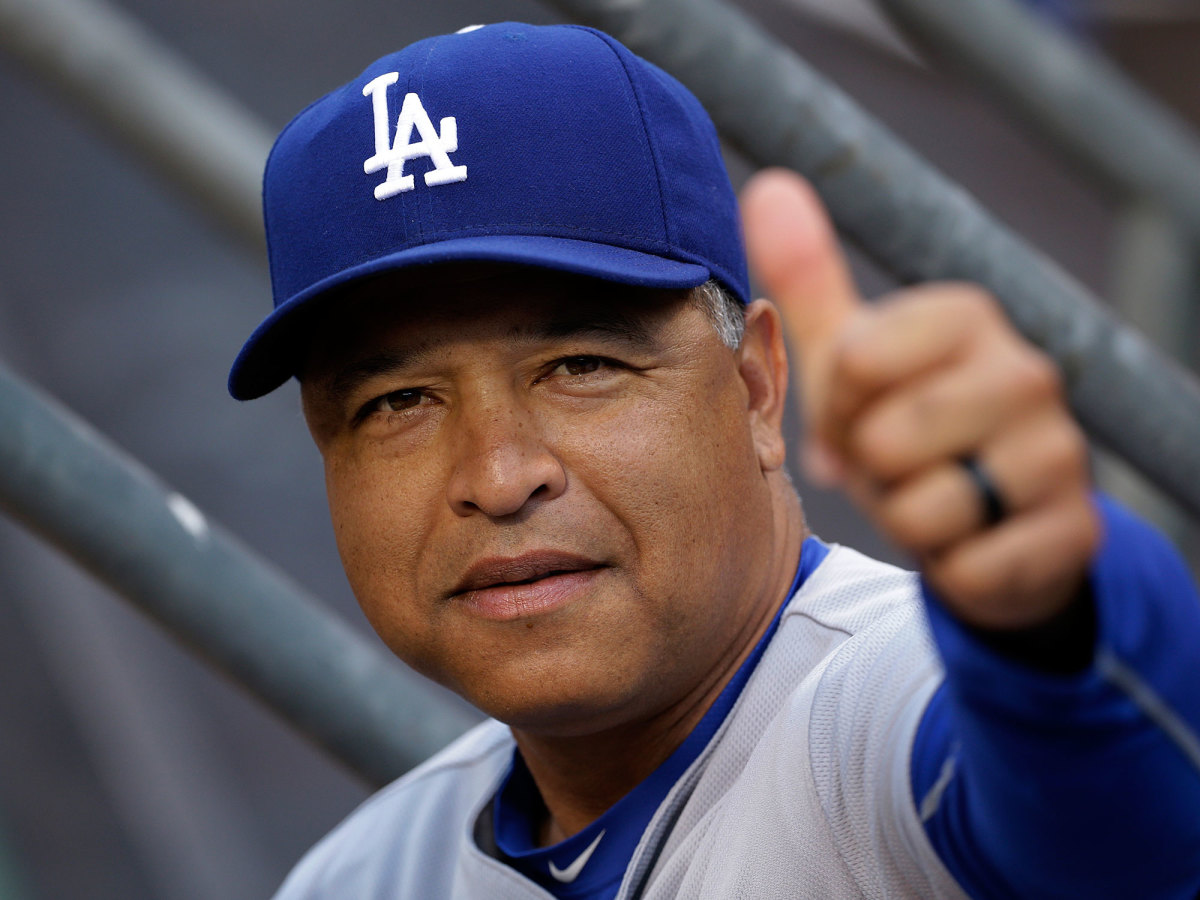
Take a look at how the rookie manager has increased the number of short outings for Dodgers relievers—those appearances of three batters or less. Here are the most such outings in franchise history:
1. 2016: 287*
2. 2015: 254
3. 2012: 248
*projected
The last world championship Dodgers team, from 1988, had only 79 relief outings of three batters or less. That’s a 263% increase of specialty relief outings.
The lesson here, as it was last year with the Royals, is that we have to stop applying our traditional notions of what makes a championship team. It sounds blasphemous in the name of Koufax, Drysdale, Valenzuela and Hersisher, but yes, you can win without great starting pitching.
• Subscribe to get the best of Sports Illustrated delivered right to your inbox
In a perfect world, sure, who wouldn’t want four lights-out starters? But starters have never carried a lesser load in the history of the game than they do this year, and the expanded rosters of September and the extra off days in the postseason schedule place an even greater premium on more relievers getting more outs.
Kershaw last won a game on June 20. Since then, the Dodgers are 24–16, have cut 4 1/2 games off San Francisco's NL West lead and opened up a four-game cushion in the wild card race. Kershaw played catch Sunday for the first time since he was shut down with a herniated disc in his back. In an absolute best-case scenario, he could come back in the middle of September—and that’s if everything unfolds perfectly. It’s probably a 50–50 chance that he pitches at all again this season, though that’s a simple estimate at this early stage of his recovery.
The point is that not that many years ago you would have said that Los Angeles would have no chance of winning the World Series without Kershaw, and you would have been right. But baseball is played differently now: You can win with mediocre starting pitching and a deep bullpen packed with specialty arms in limited exposure. It’s the direction baseball is headed, and the Dodgers are ahead of the curve.
